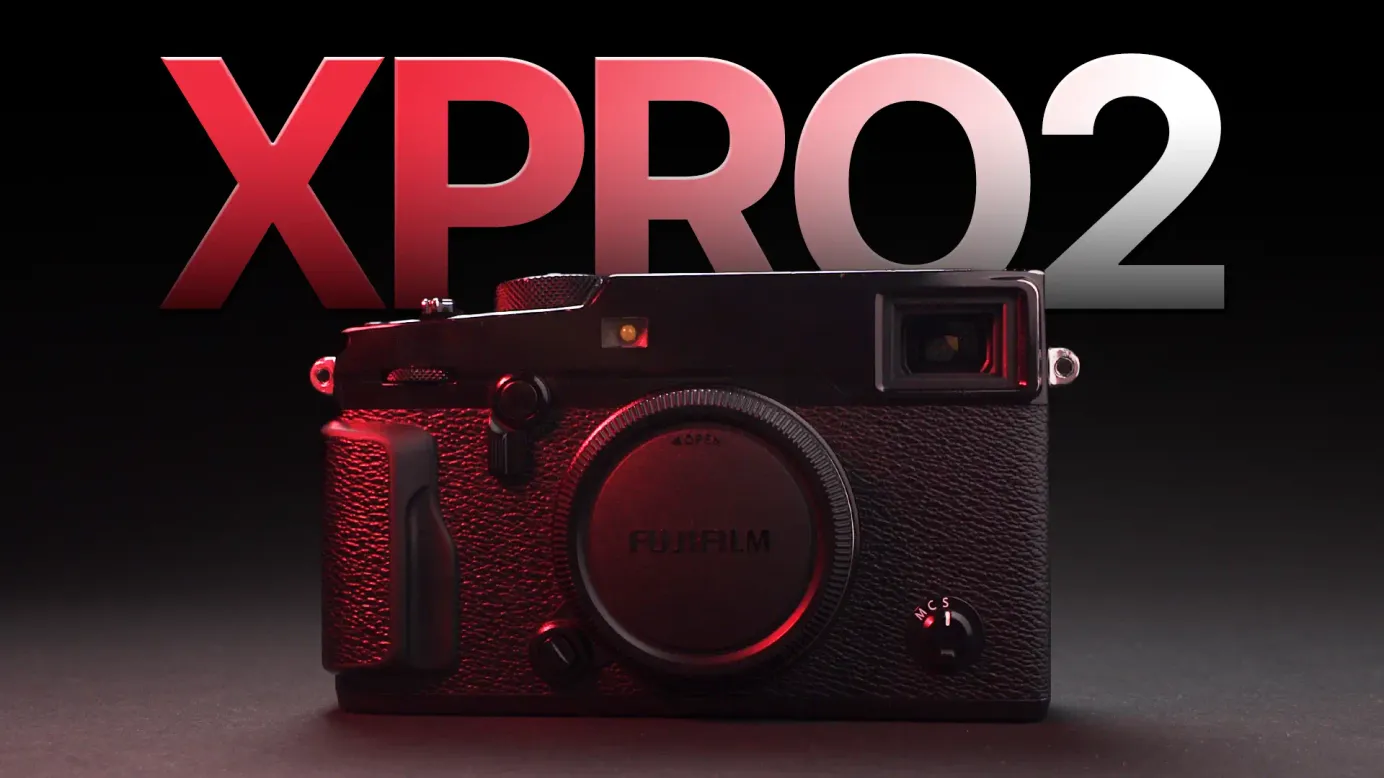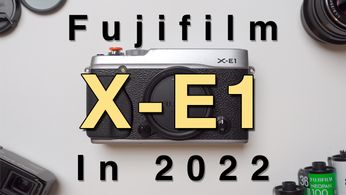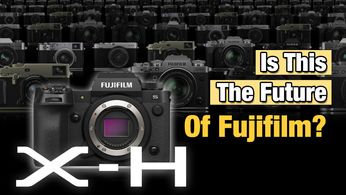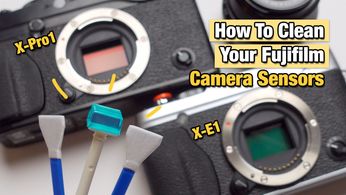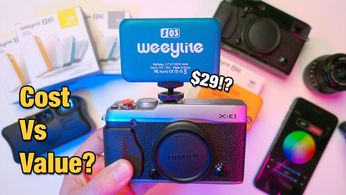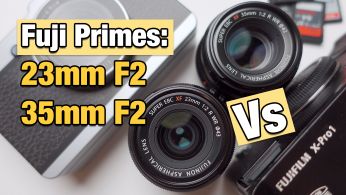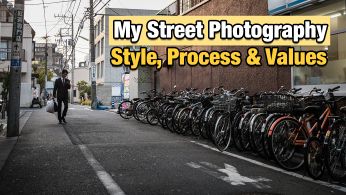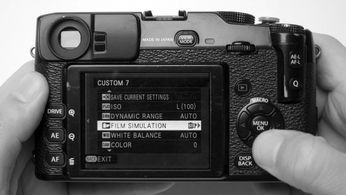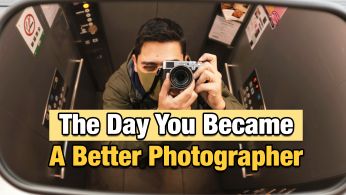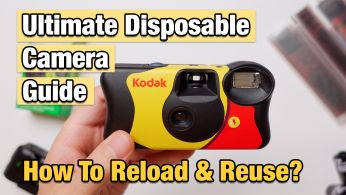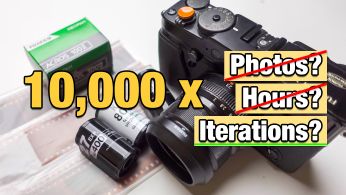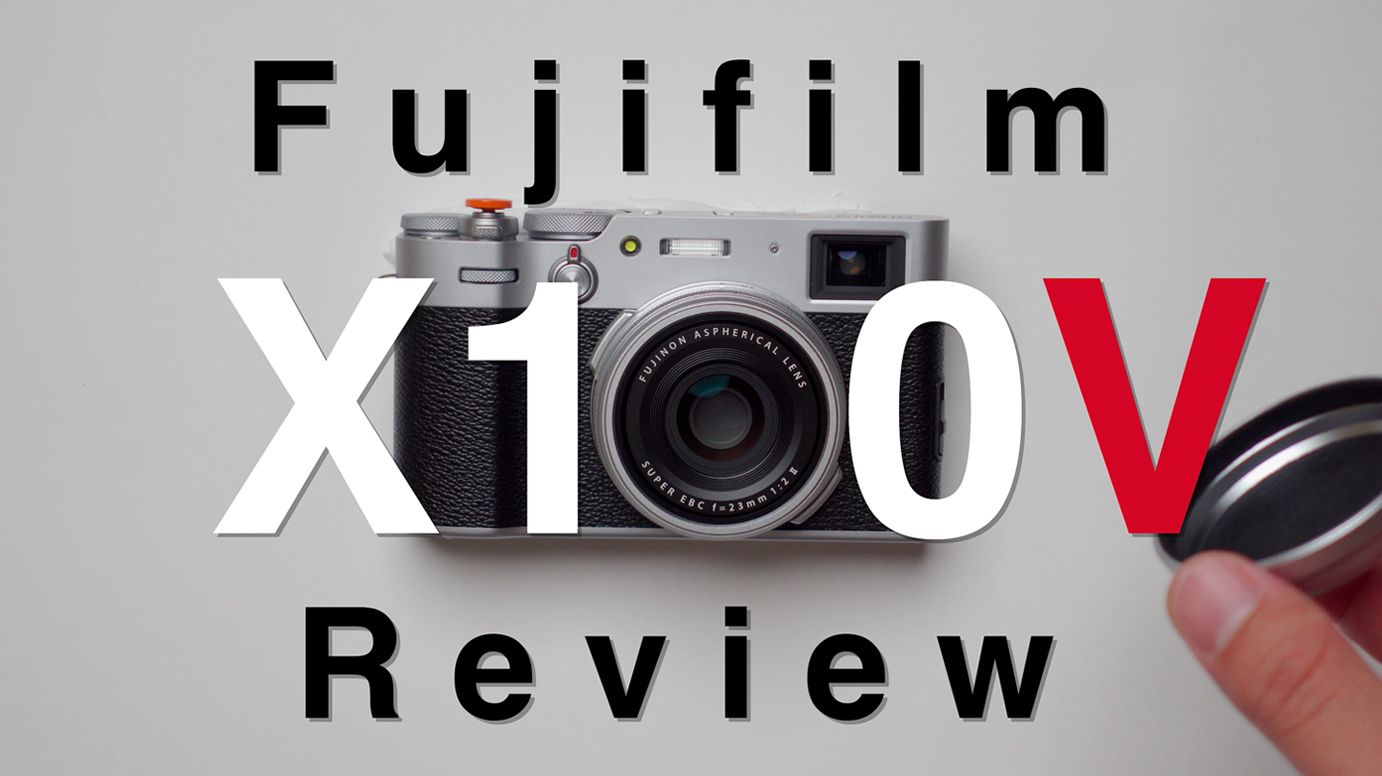
Fujifilm X100V Review
An all-in-one package for travelling and street photography.
Table of Contents
It's been over 10 years since Fujifilm first introduced the X100 series, and over the years people came to really appreciate the user experience and the results you can get with these types of cameras. 10 years later, we arrive at this, the Fujifilm X100V.
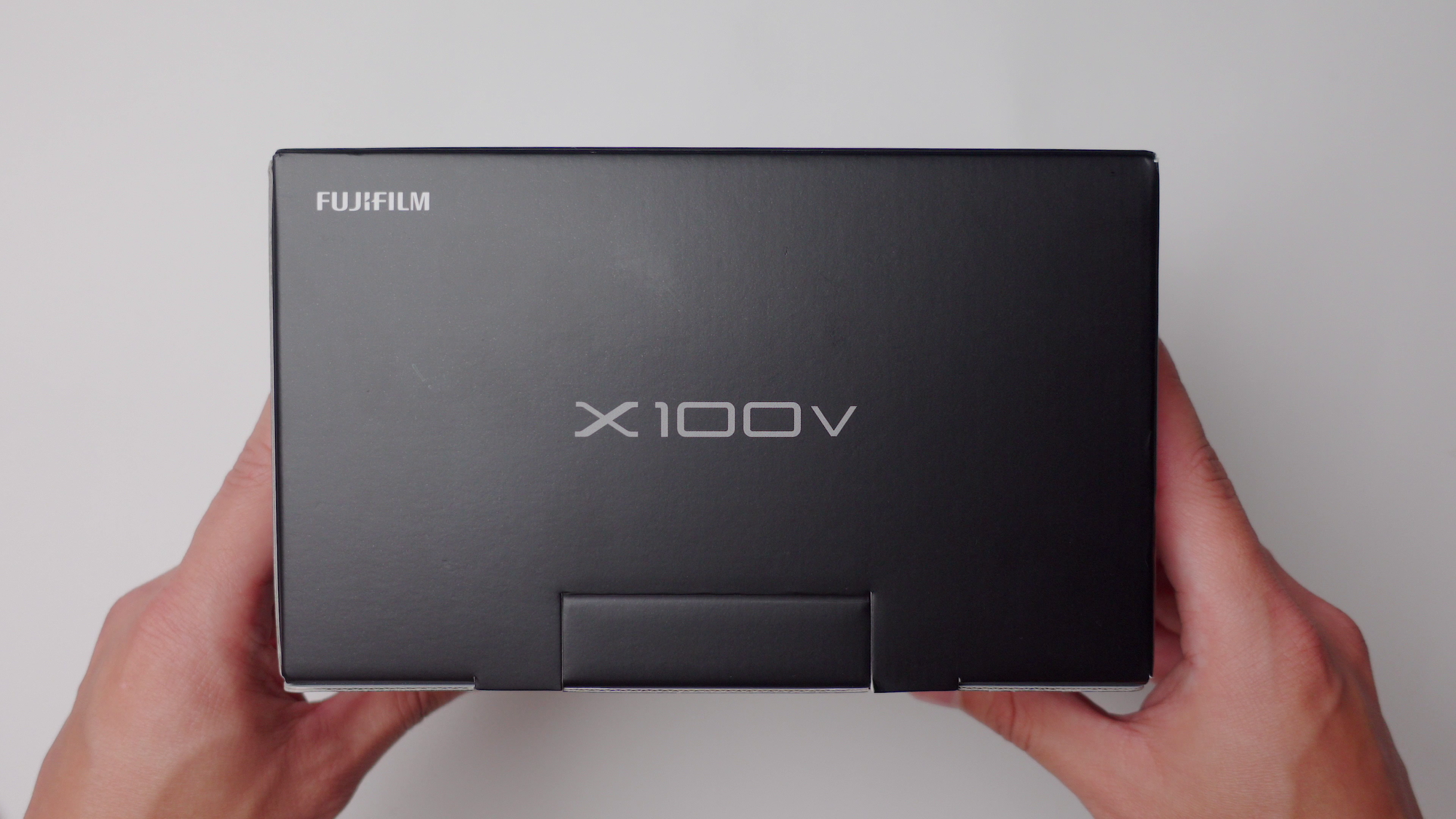
I used the Fujifilm X100F every single day for over a year while travelling and working as a professional photographer in Japan. The camera became second nature, so it was very easy for me to quickly get used to the new X100V camera and quickly notice what's different, let's talk about it.
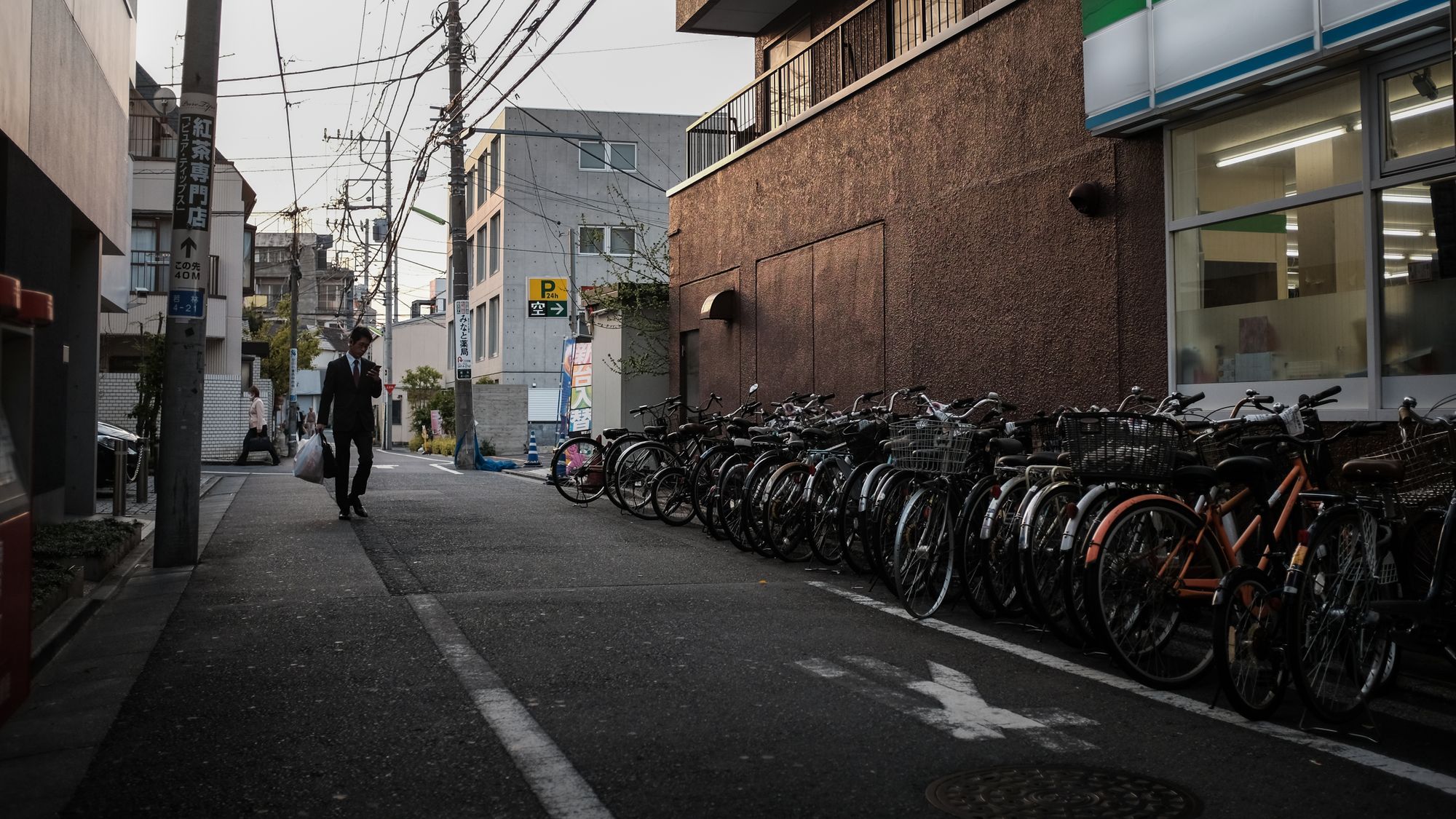
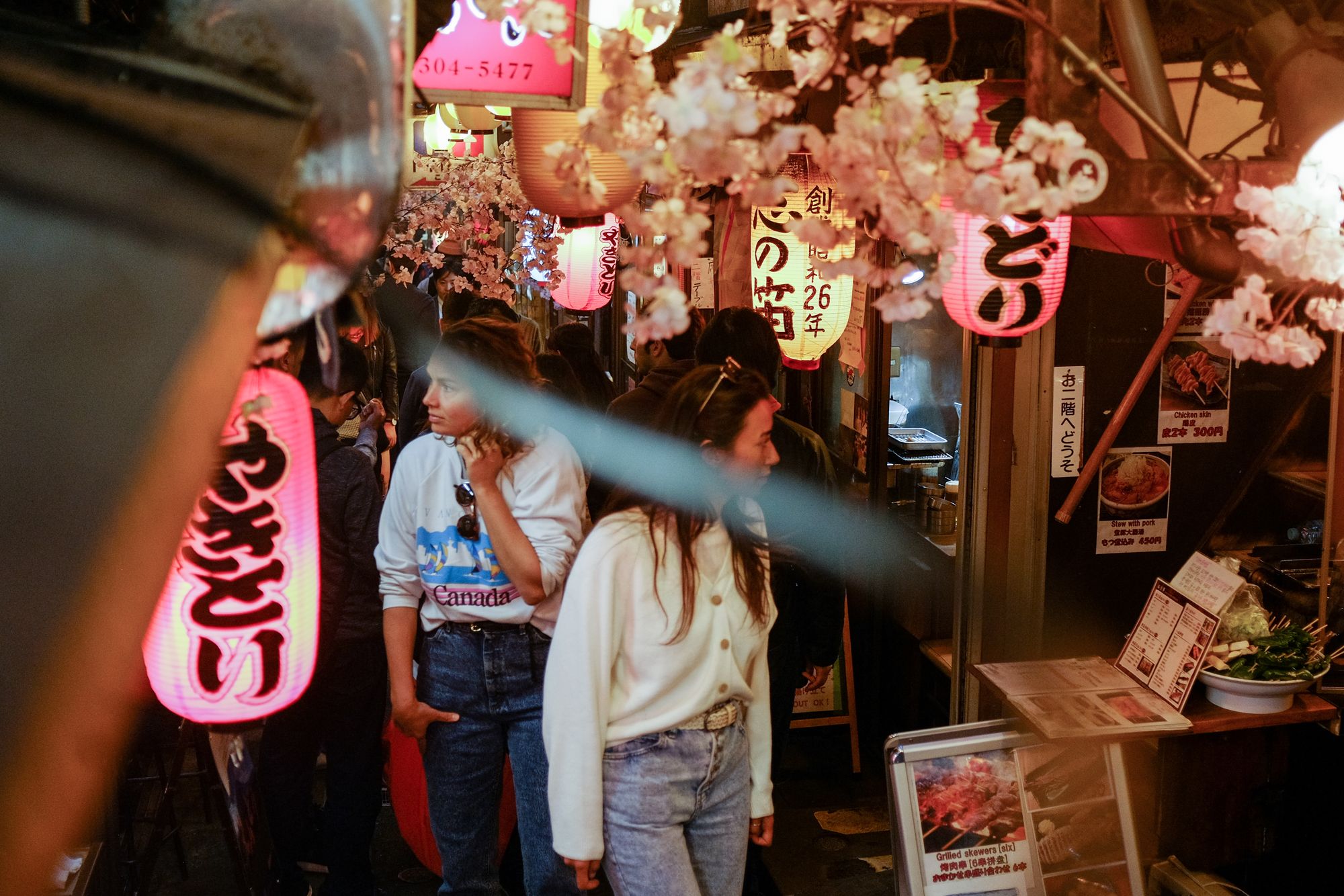
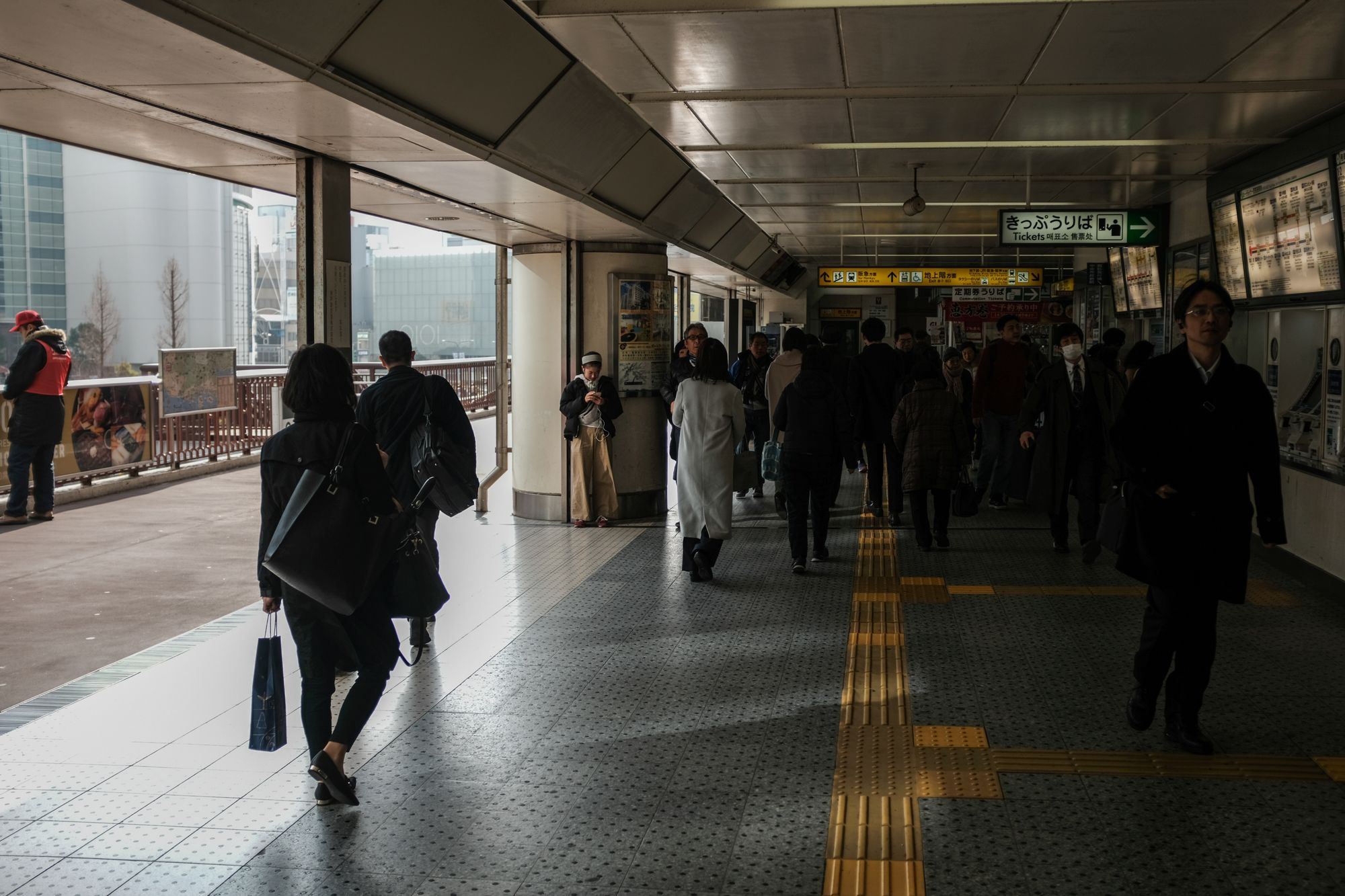
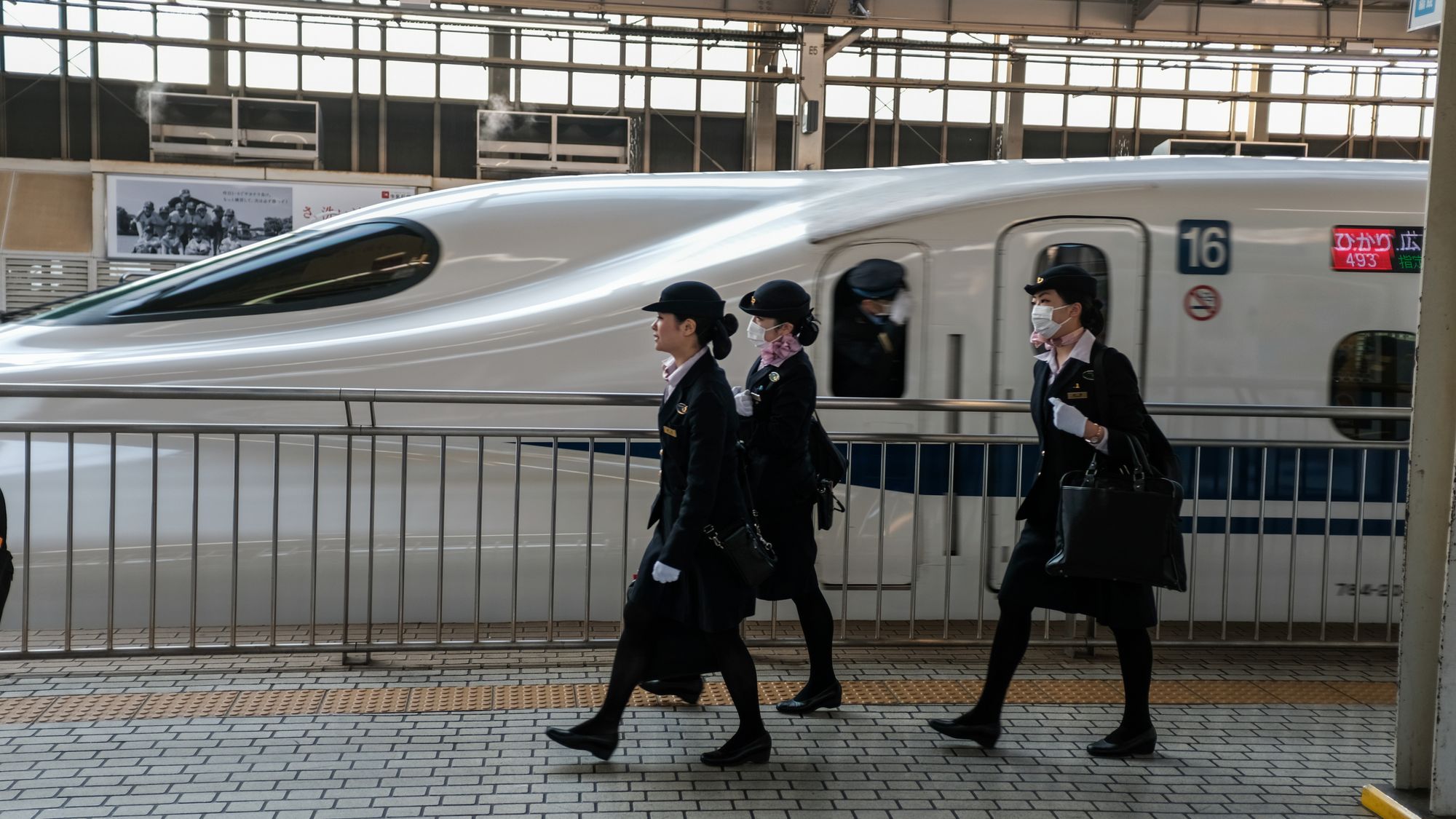
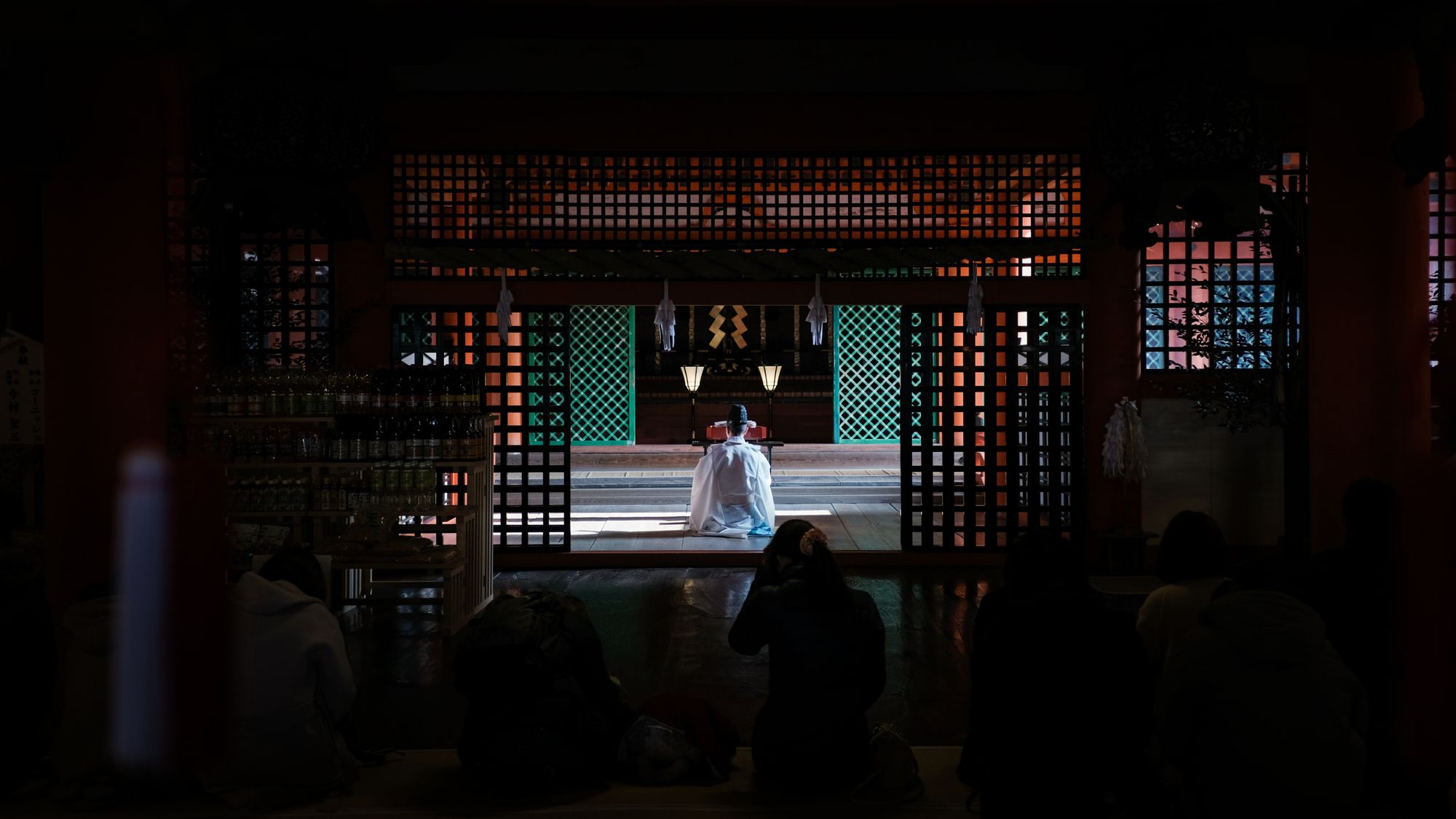

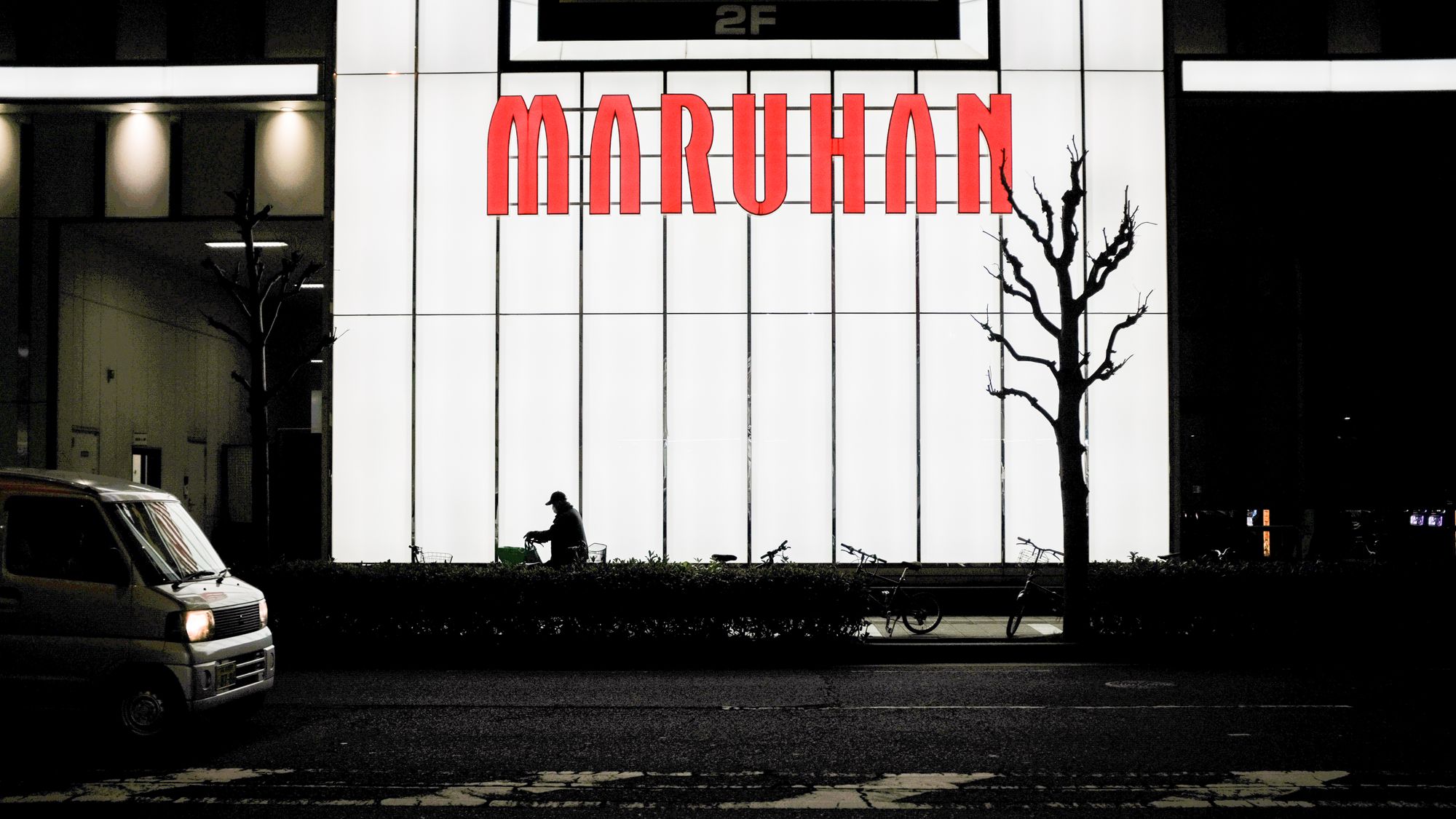

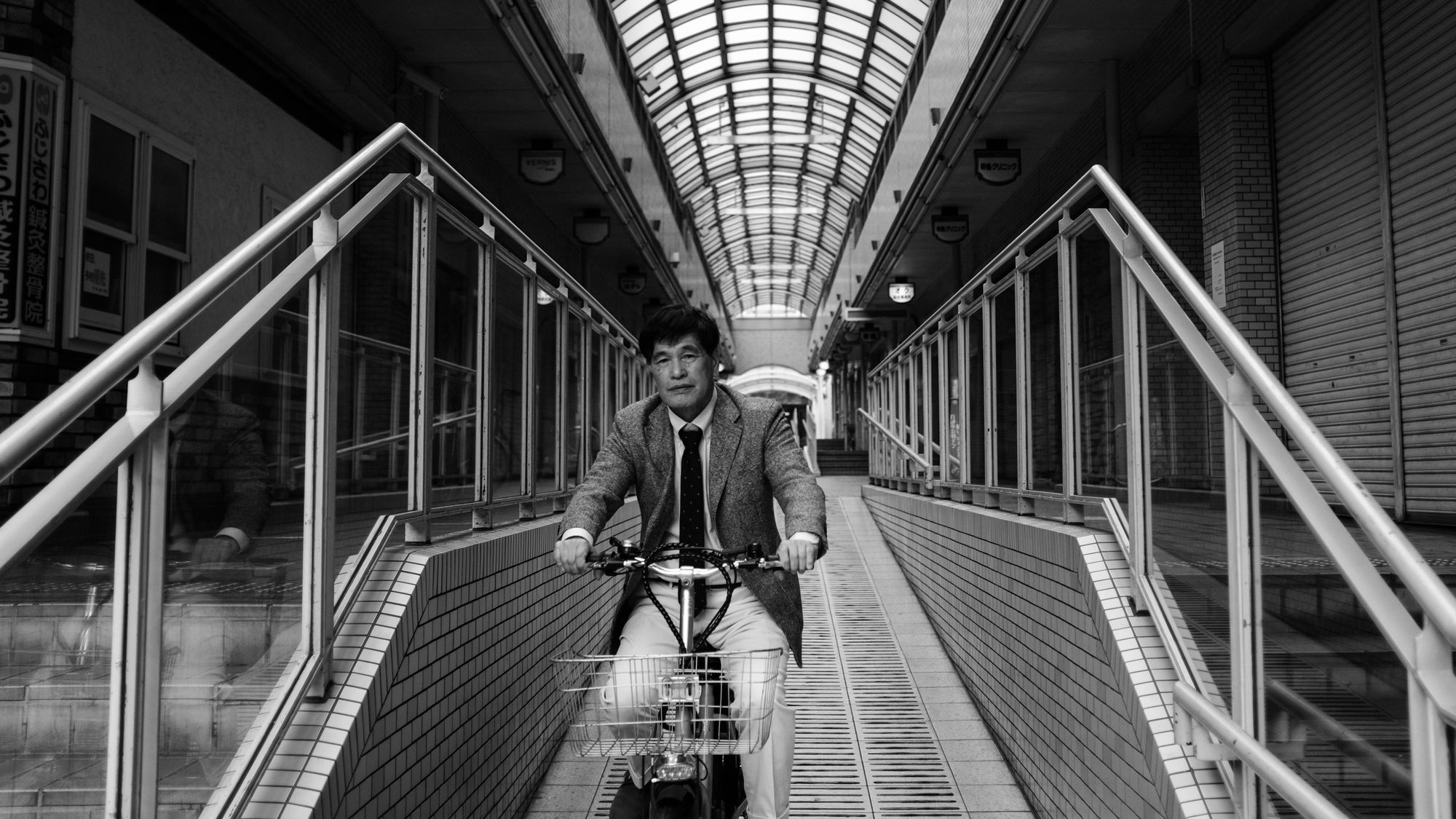
Expectations Vs Reality
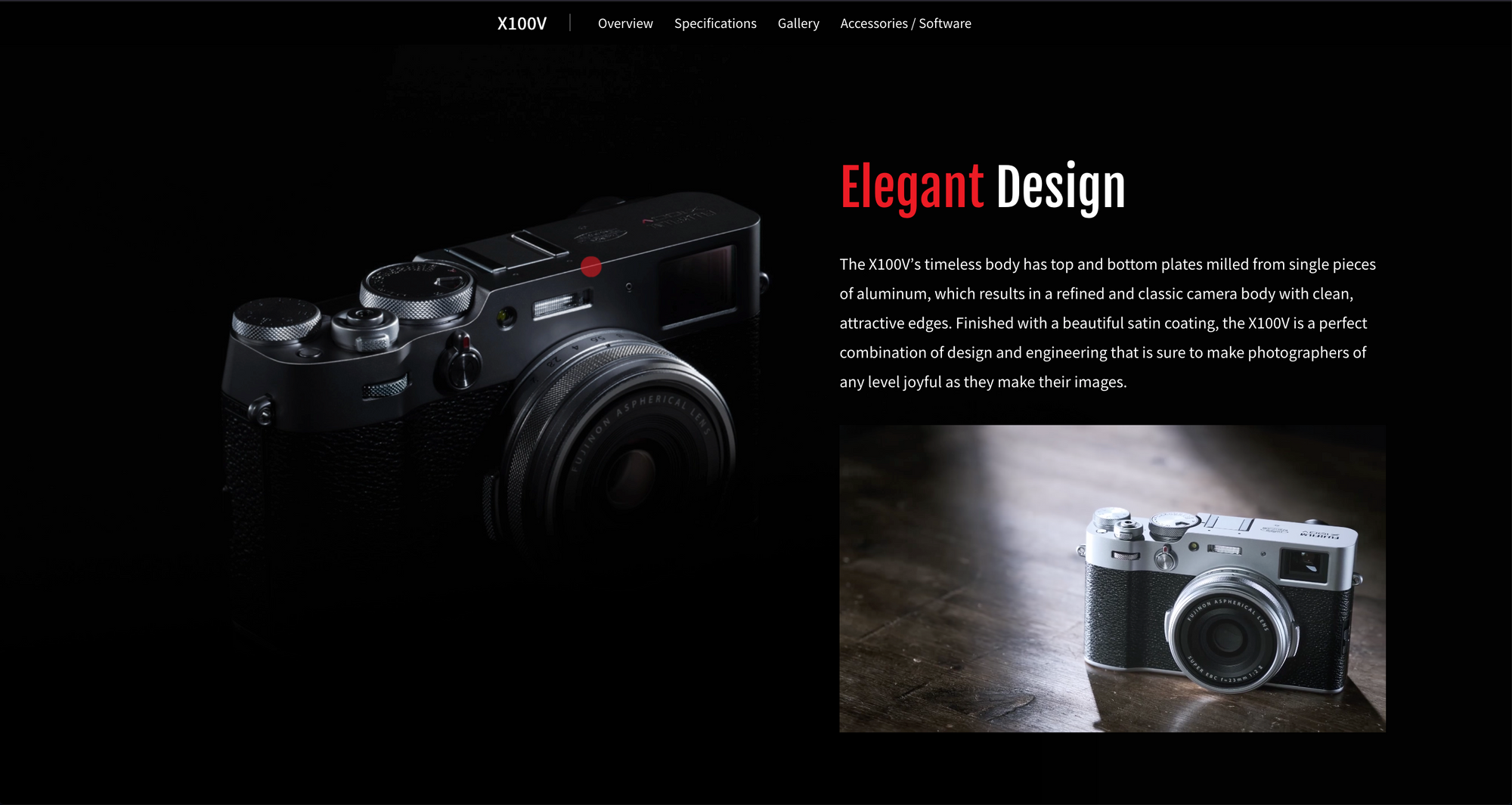
This camera was designed for a specific group of people, a particular demographic, and if you jump in blind, expecting this to be a jack of all trades and do everything well, including photos and video, then you will be disappointed. As long as you understand the limitations, then you can assess the camera properly.
Fujifilm officially presents the X100V as a premium compact digital camera. Not a perfect hybrid for everything but a small, lightweight, portable and compact camera, created for travel and street photography, meant as an everyday carry.
The Little Details Matter
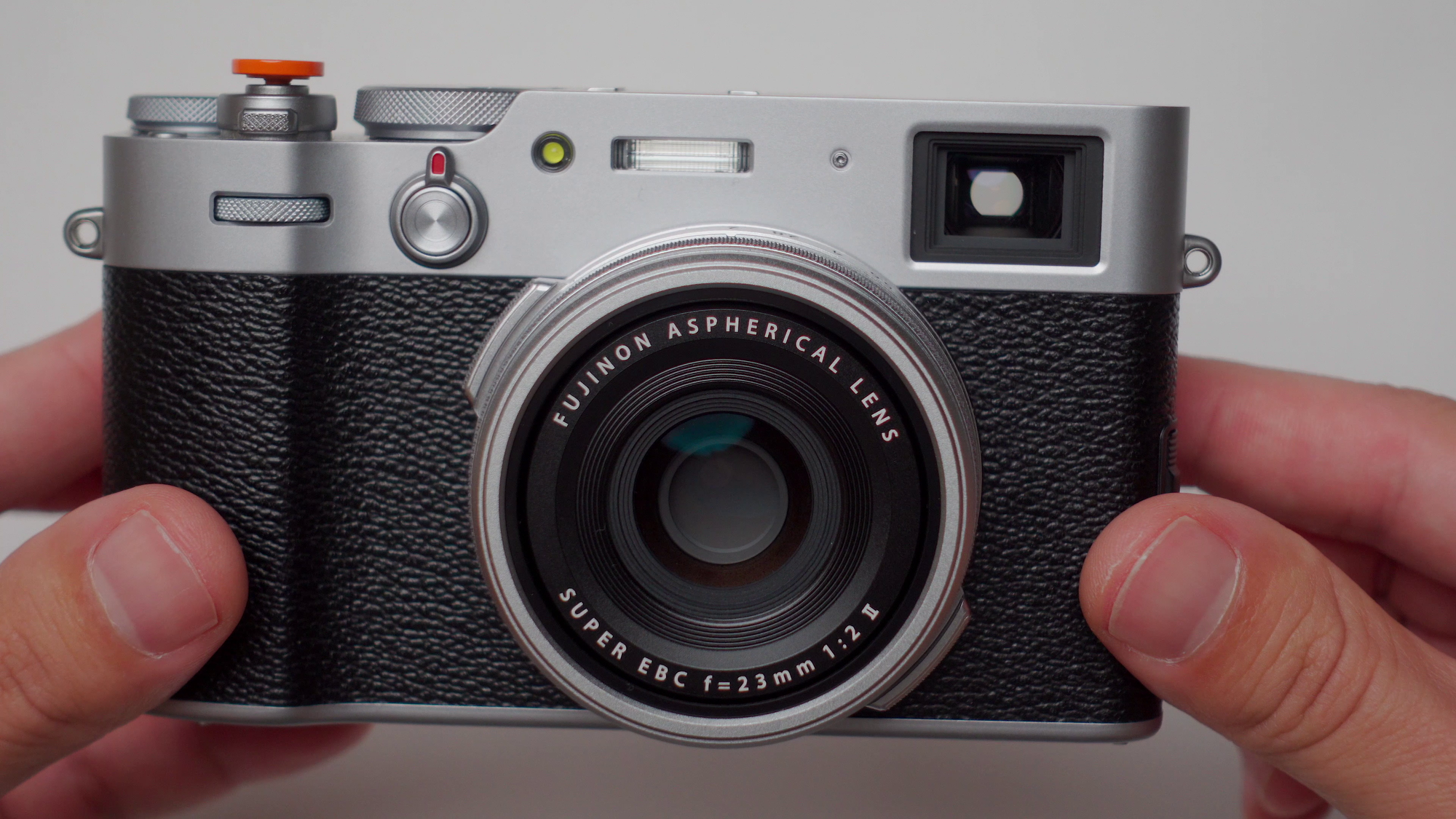
Fujifilm cameras are well known for their retro look, tactile knobs and dials, film simulations and colour science, the attention to detail is there.
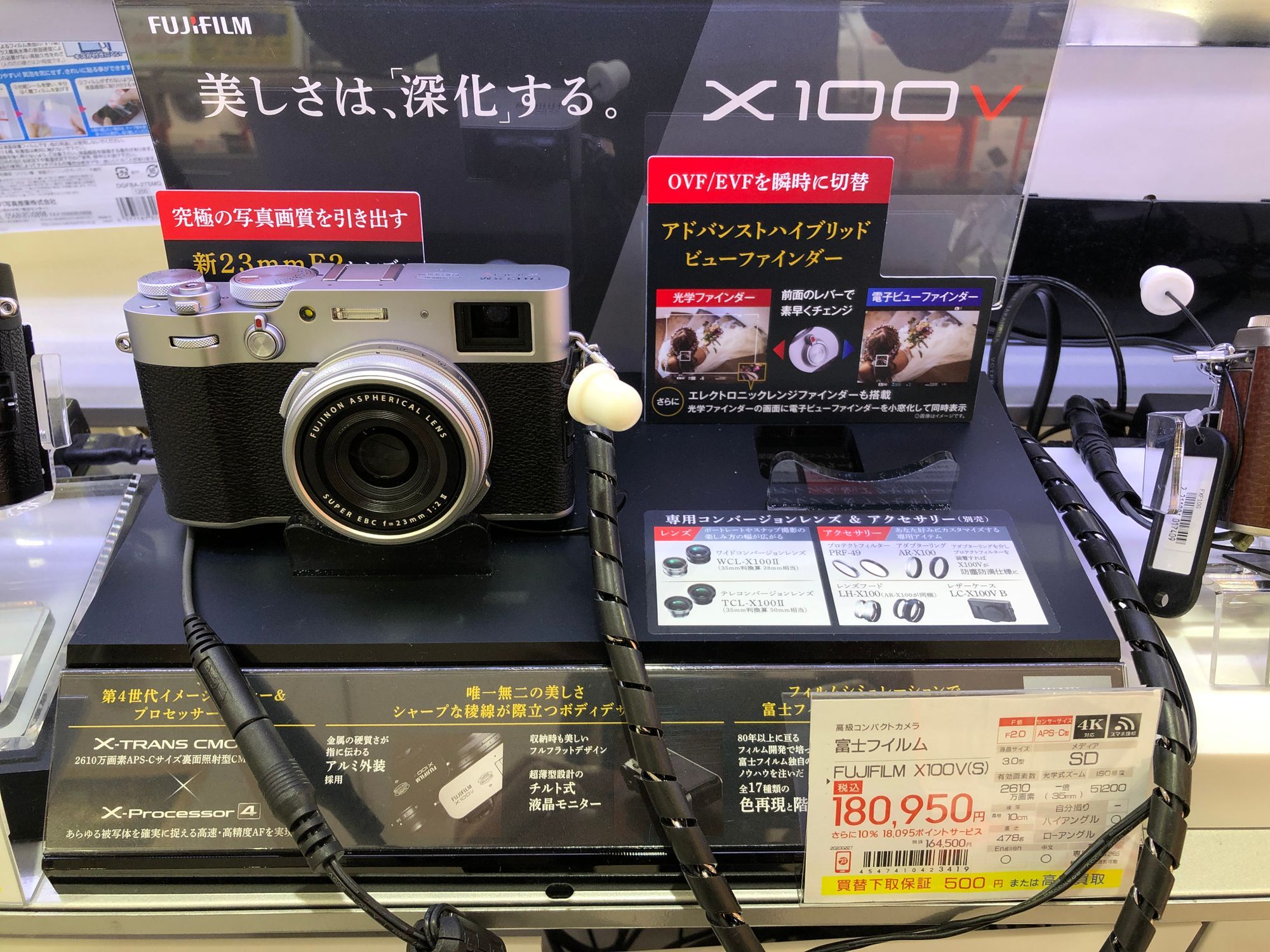
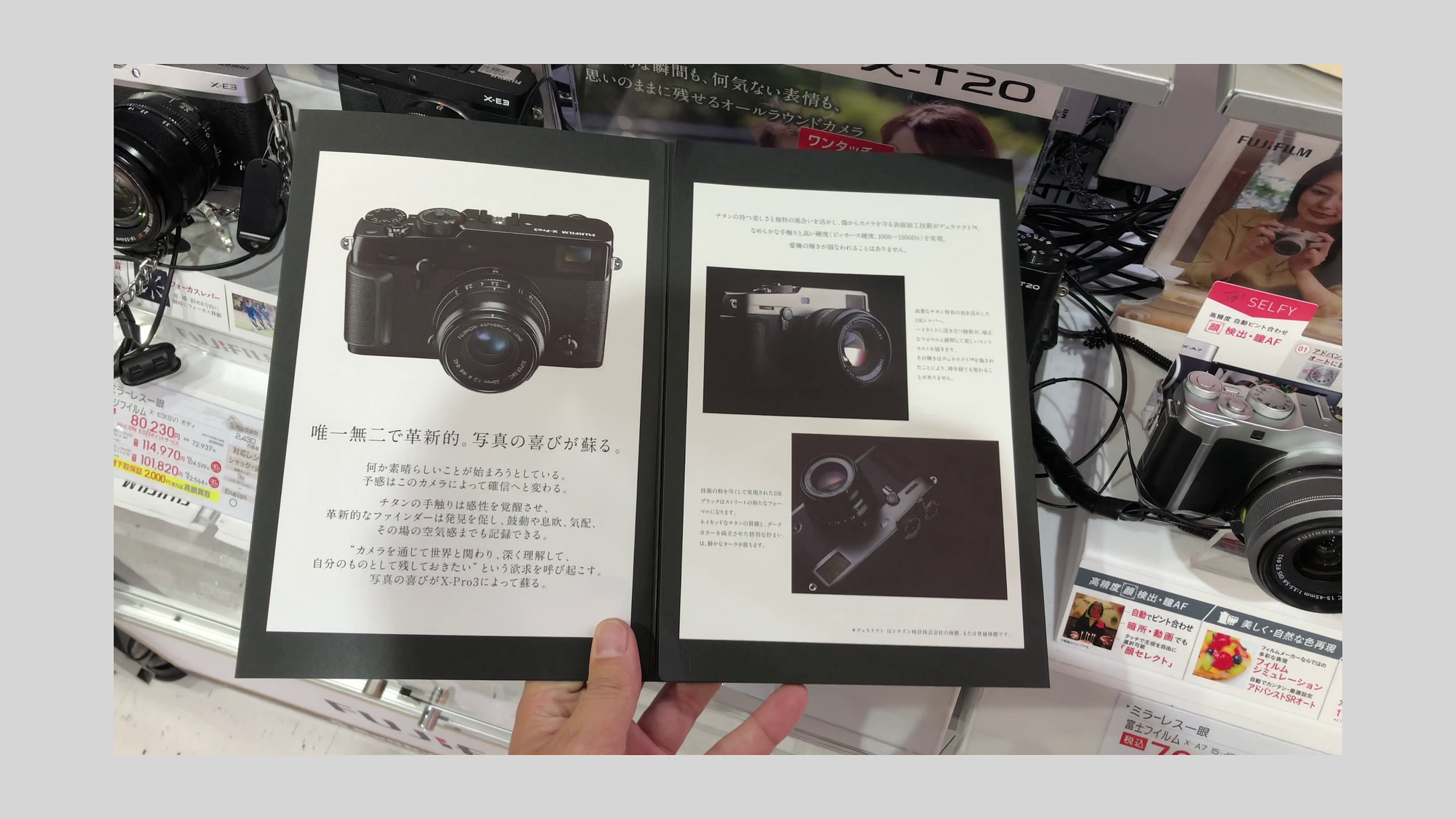
I was lucky enough to Attend a Fujifilm presentation for the general public while I was living in Osaka, for both the X100V & the X-Pro3, to get hands-on with the camera and get a feel for it, and that is something I recommend to everyone considering getting a Fujifilm camera.
Go to your local camera store, and get a feel for the build quality, the weight, the tactile controls, the design, the colours, and the rangefinder-style viewfinder, it all adds up to create a different experience. And that's the keyword: Different.
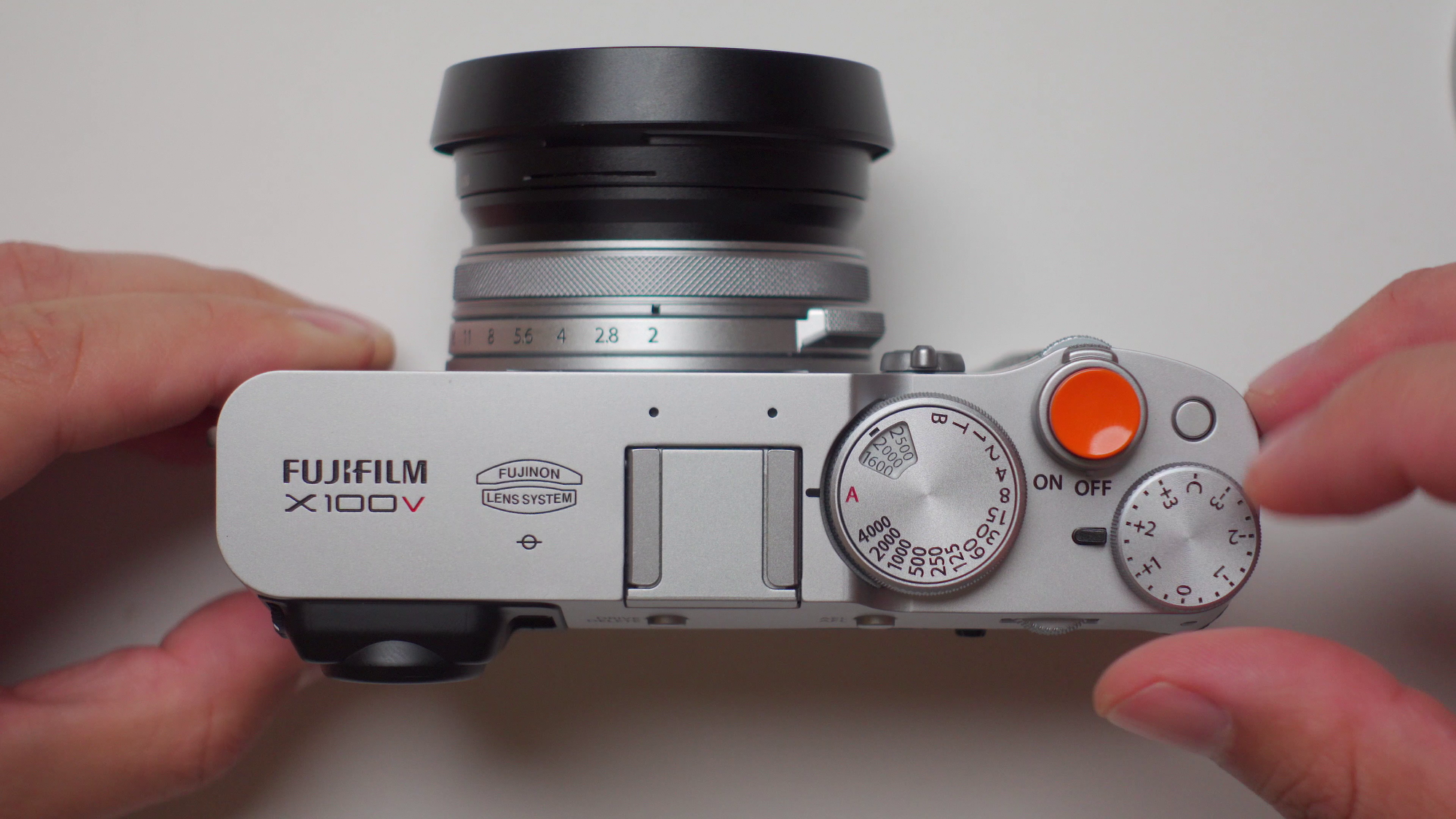
The camera offers quick access to the most important settings, Aperture Ring, Shutter speed Dial, ISO Dial, and Shutter compensation dial. Less time wasted navigating menus and settings, and more time spent fine-tuning your shooting experience.
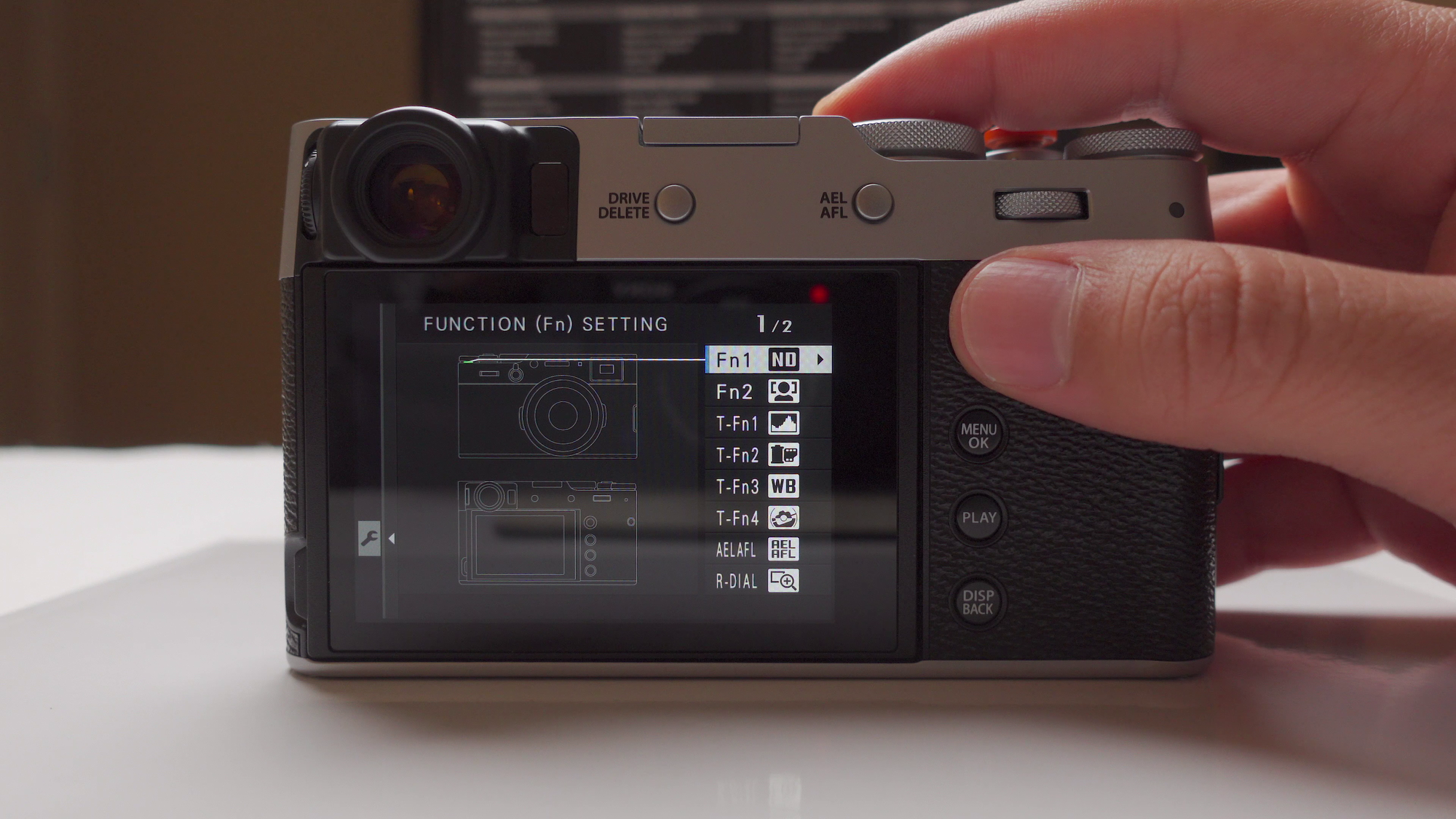

However, these settings are not set in stone, you can custom map almost every button on this camera, and make it your own.
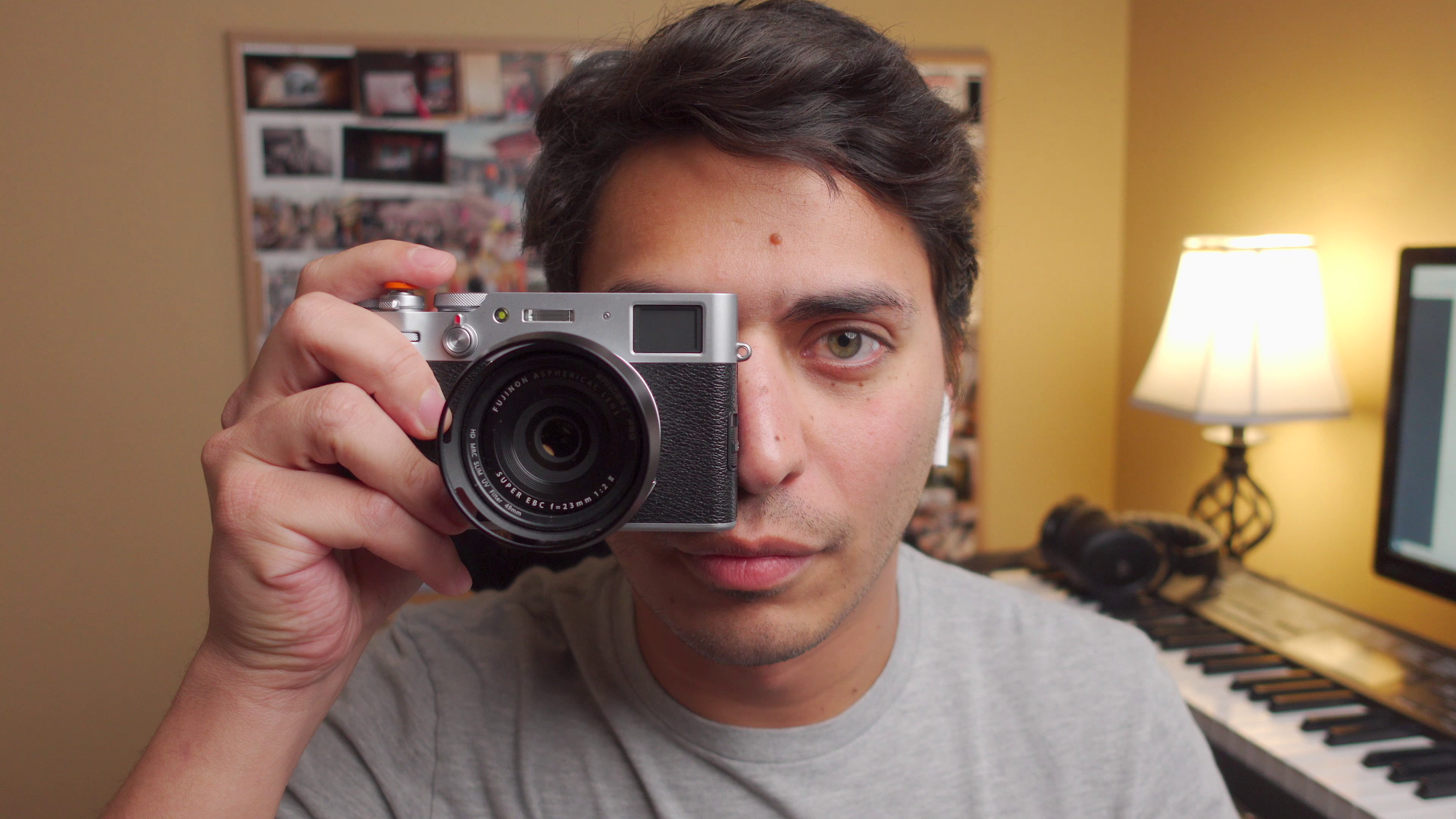
I personally prefer the range finder style viewfinder, an optical and electronic viewfinder. So being able to customize it is fairly important.
The Significant Upgrades
When you consider the improvements made to a lens that can't be removed from the body and the weather sealing improvements to the body that you can't be upgraded on its own, then that is when you realize that these changes are significant. Let's go in-depth on some of these changes.
1. The One And Only Lens

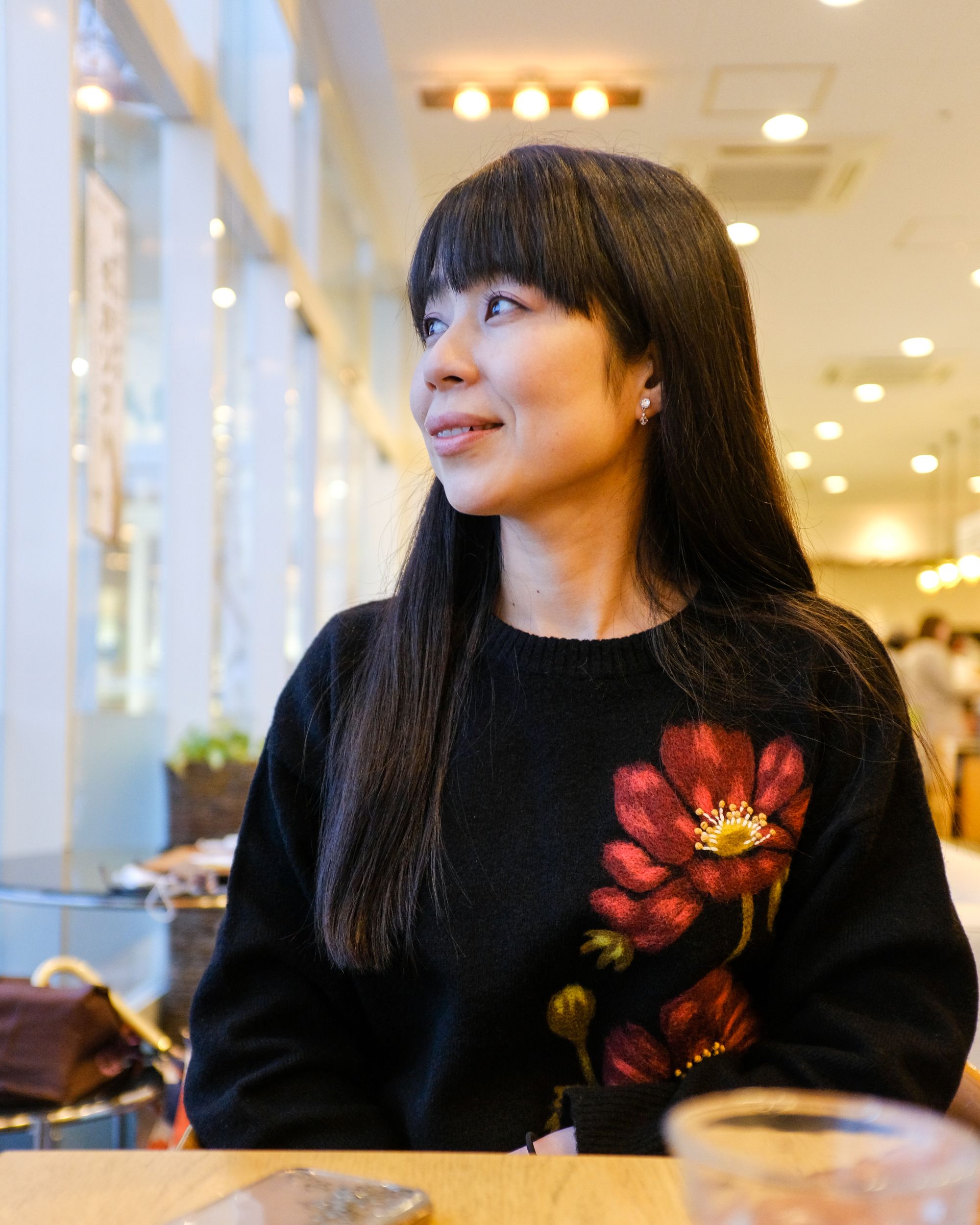
Fujifilm redesigned the lens, increasing the sharpness, lowering the halation and distortion and making it more usable for portraits or close-ups. Although I personally did not have that issue with the X100F, I know the problem existed, it was real. And it was most apparent while shooting at the minimum focus distance.
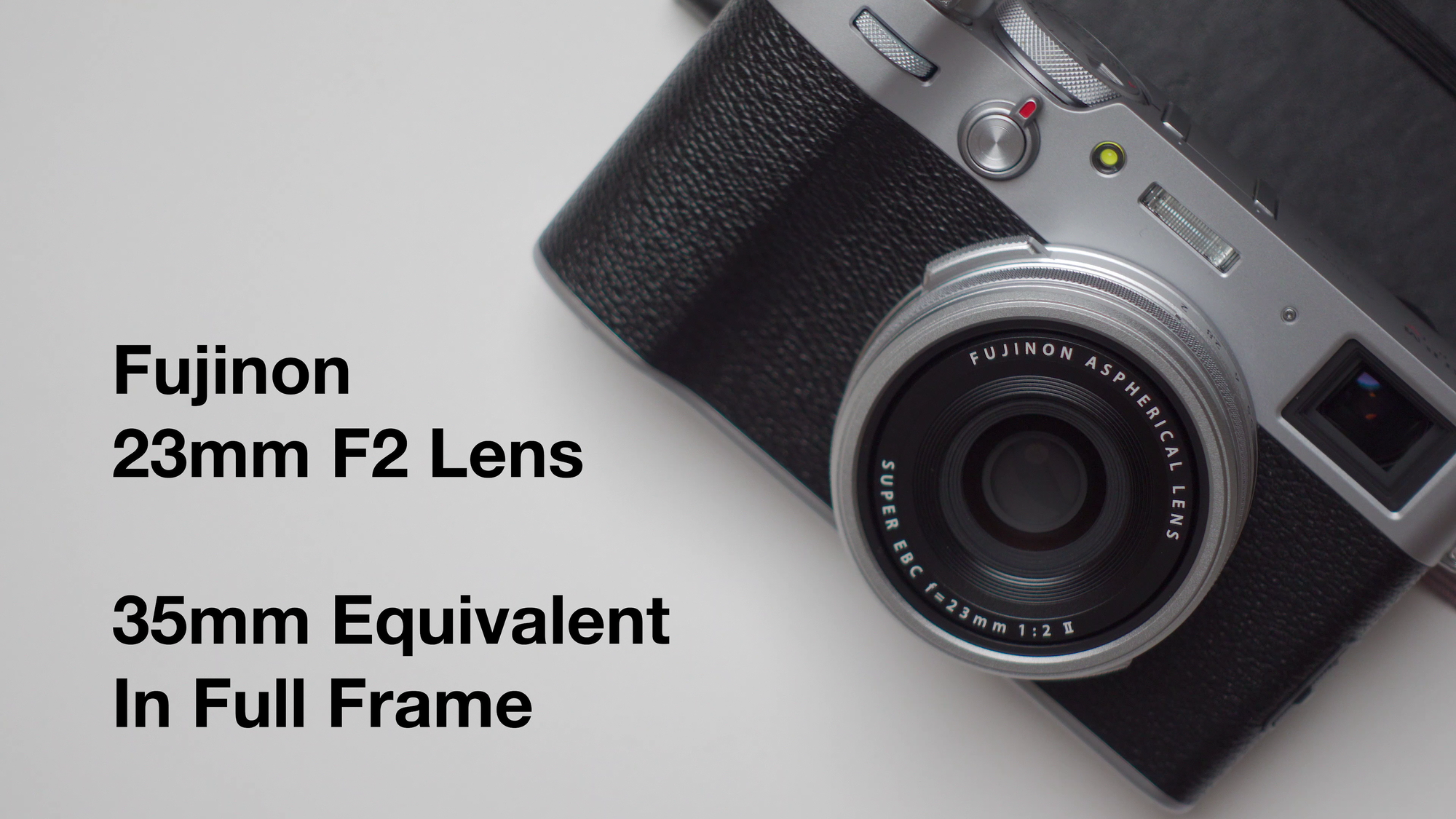
Pretty much every video about the X100T & X100F tells you to shoot at F4 or F5.6. But I want that to be an option and my choice, and not mandatory because the lens is too soft when shooting wide open. The X100V has a 23mm F2 lens, a 35mm equivalent in full-frame, and this focal length is a personal preference, it really is up to the user.
Don't follow blank and general statements like "28mm is the best lens for street photography", or "35mm is the best lens for street photography". Don't be that person, get your hands on the camera, test it, play with it, try it, and form your own opinions and arrive at your own conclusions.
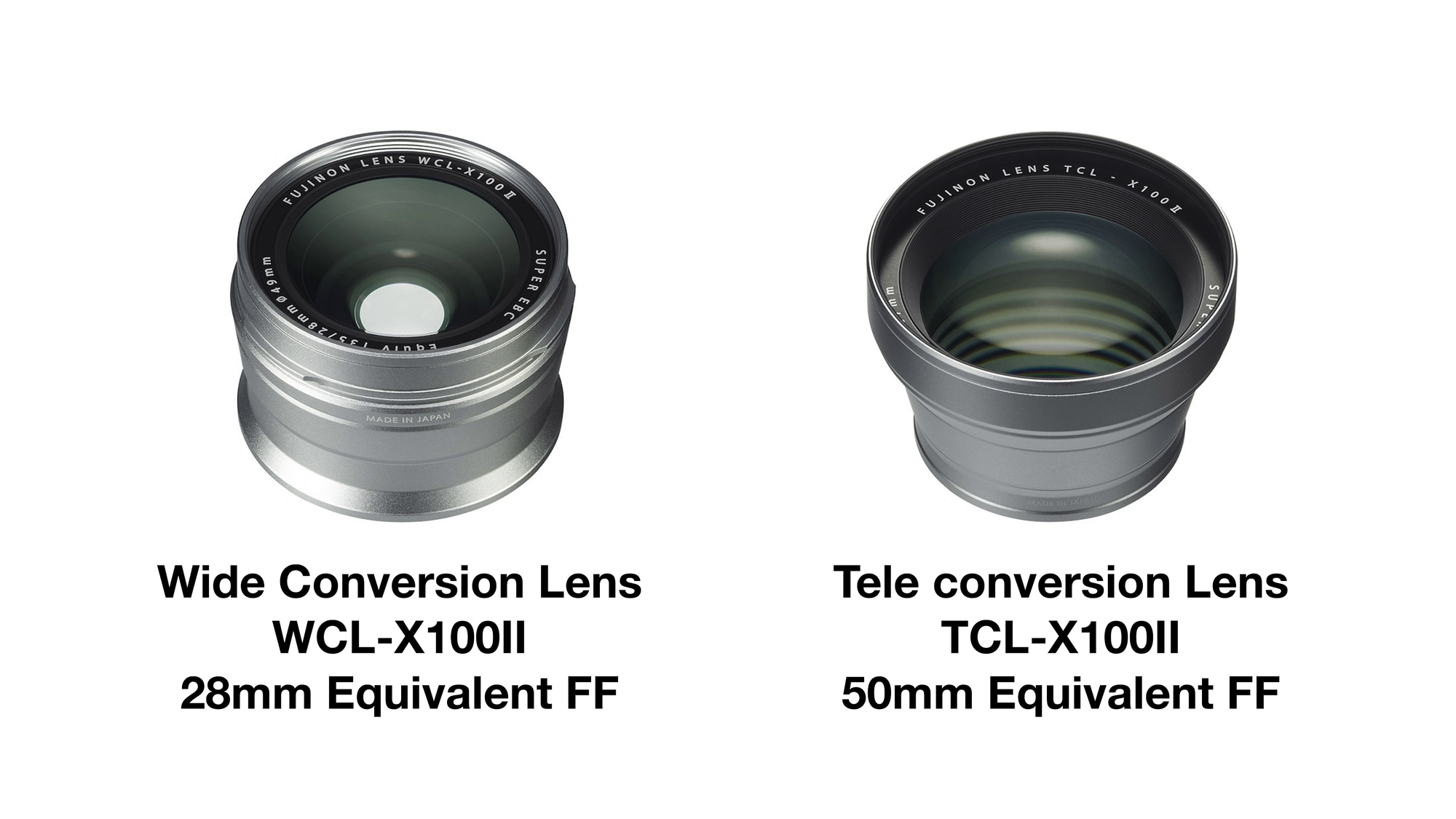
I personally prefer the 35mm look, but you can use adapters and change the focal length and change the field of view, and if you already owned these adapters for previous x100 cameras, then they will still work just with the X100V. The redesign of the lens also allows the body to be somewhat protected from the elements.
2. The Weather Resistance
This is the first X100 series camera to be weather resistant, however, it does require an extra step of having to get an adapter and filter to seal the lens and protect it.
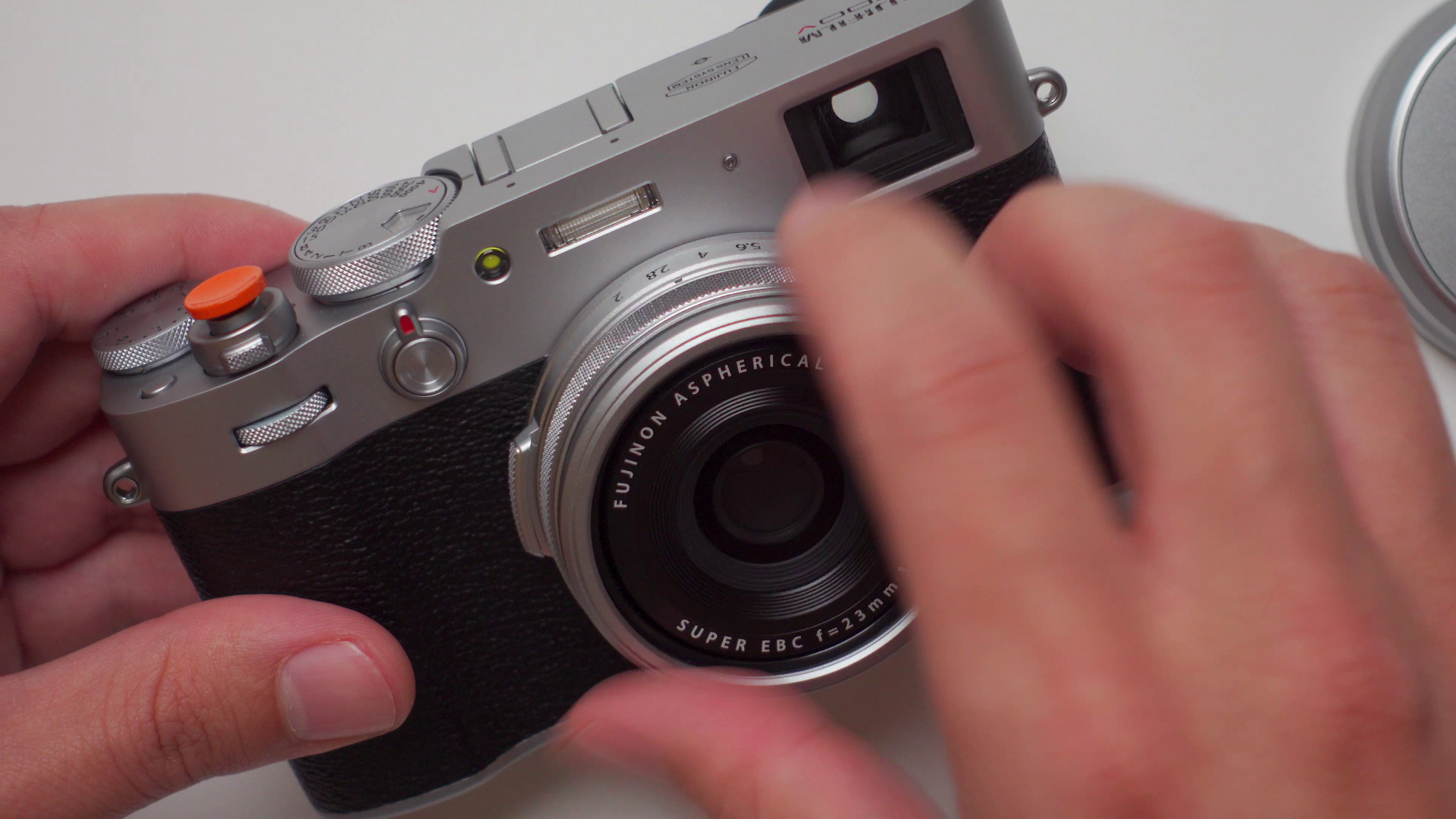
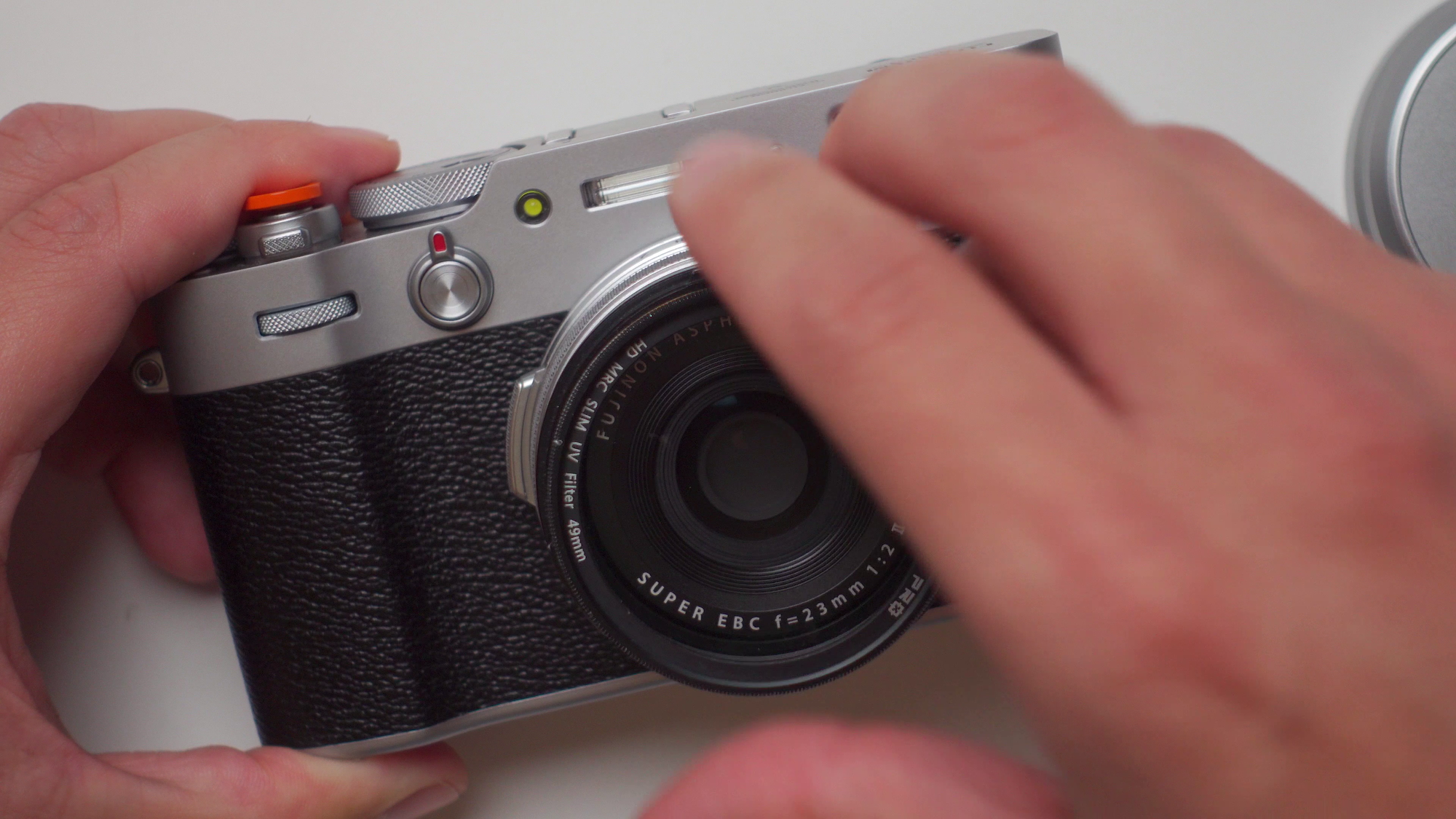
On one hand, I understand that a lot of people don't like the fact that you need to get extra accessories to make it weather resistant. On the other hand, at least you have the option of doing it, and to me, that's more valuable than not having the option at all.
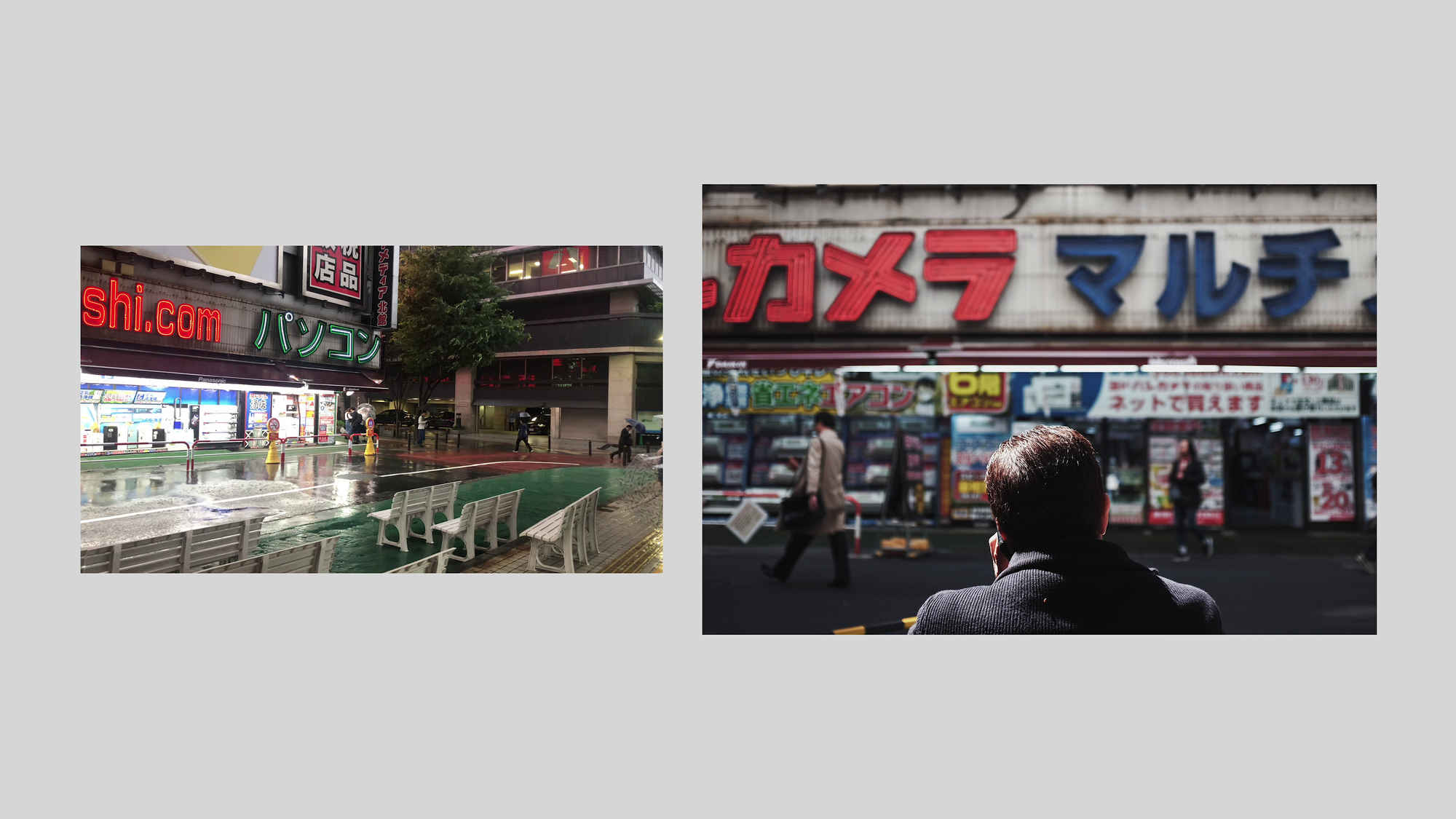
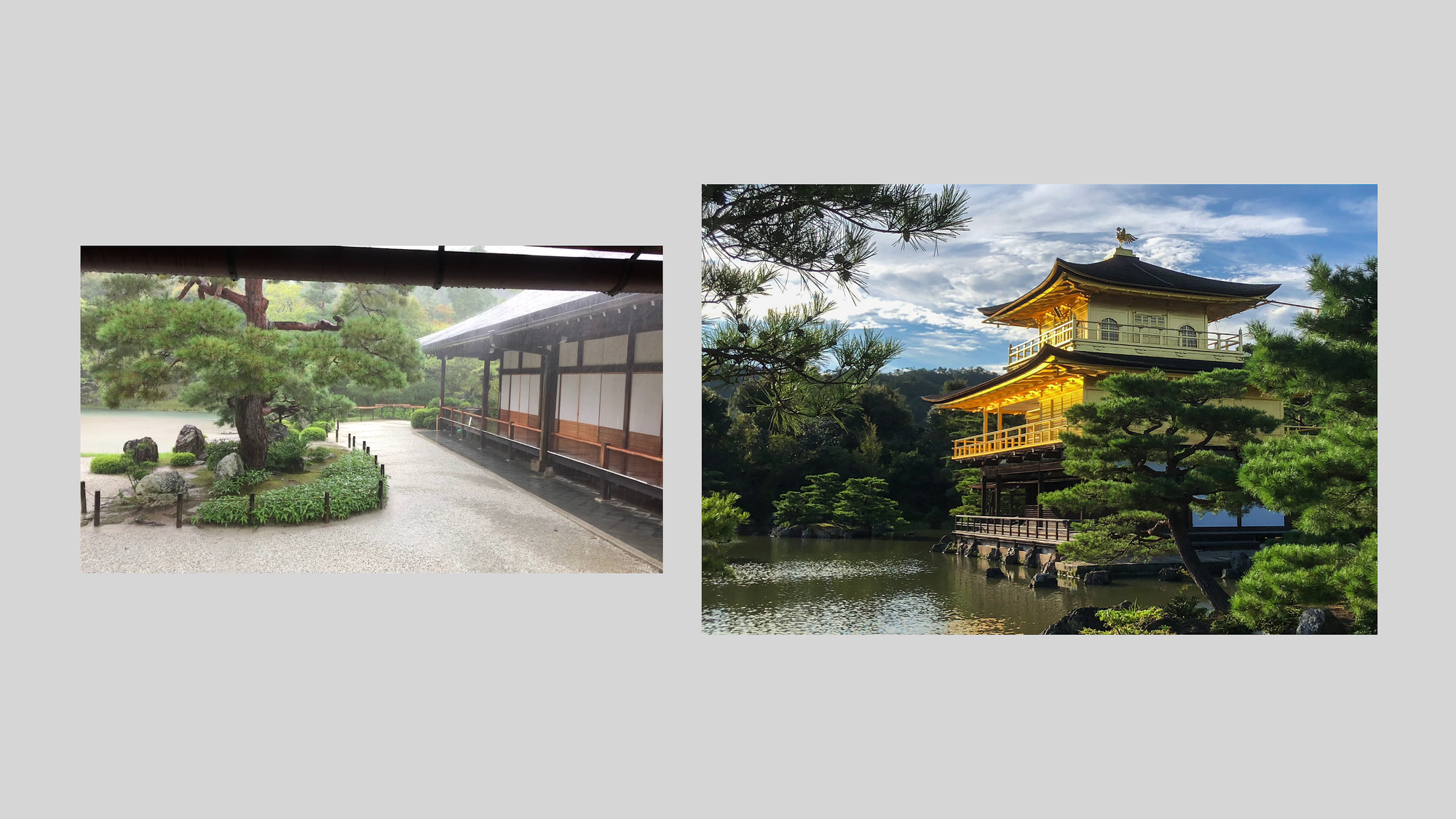
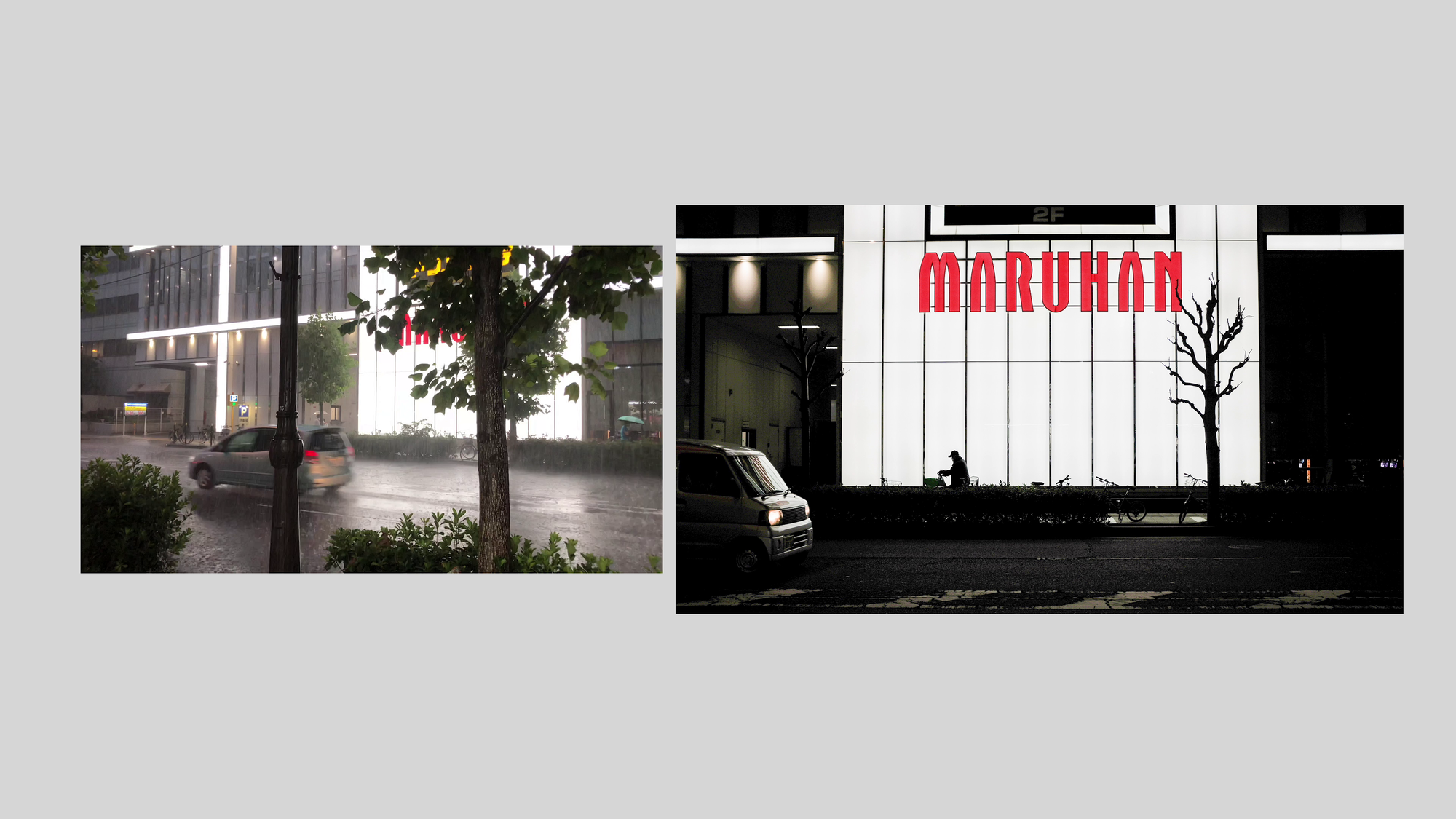
For example, typhoon season in Japan. This presented an opportunity to capture images that I normally don't get the chance to get, but since my X100F lacked weather resistance, my options were limited.

So yes, this is a major upgrade in my opinion. And personally, it does not bother me to have the need to attach an adapter and a filter to it. Most street photographers take pride in customizing and accessorizing their cameras, so most will have a filter attached and most will have a lens hood of some sort.
3. The LCD Flip Screen
I personally live inside the viewfinder, that's the main reason why I use a rangefinder-style camera, to begin with. But Having a tilting LCD screen is a great feature to have, even if I don't use it that often.
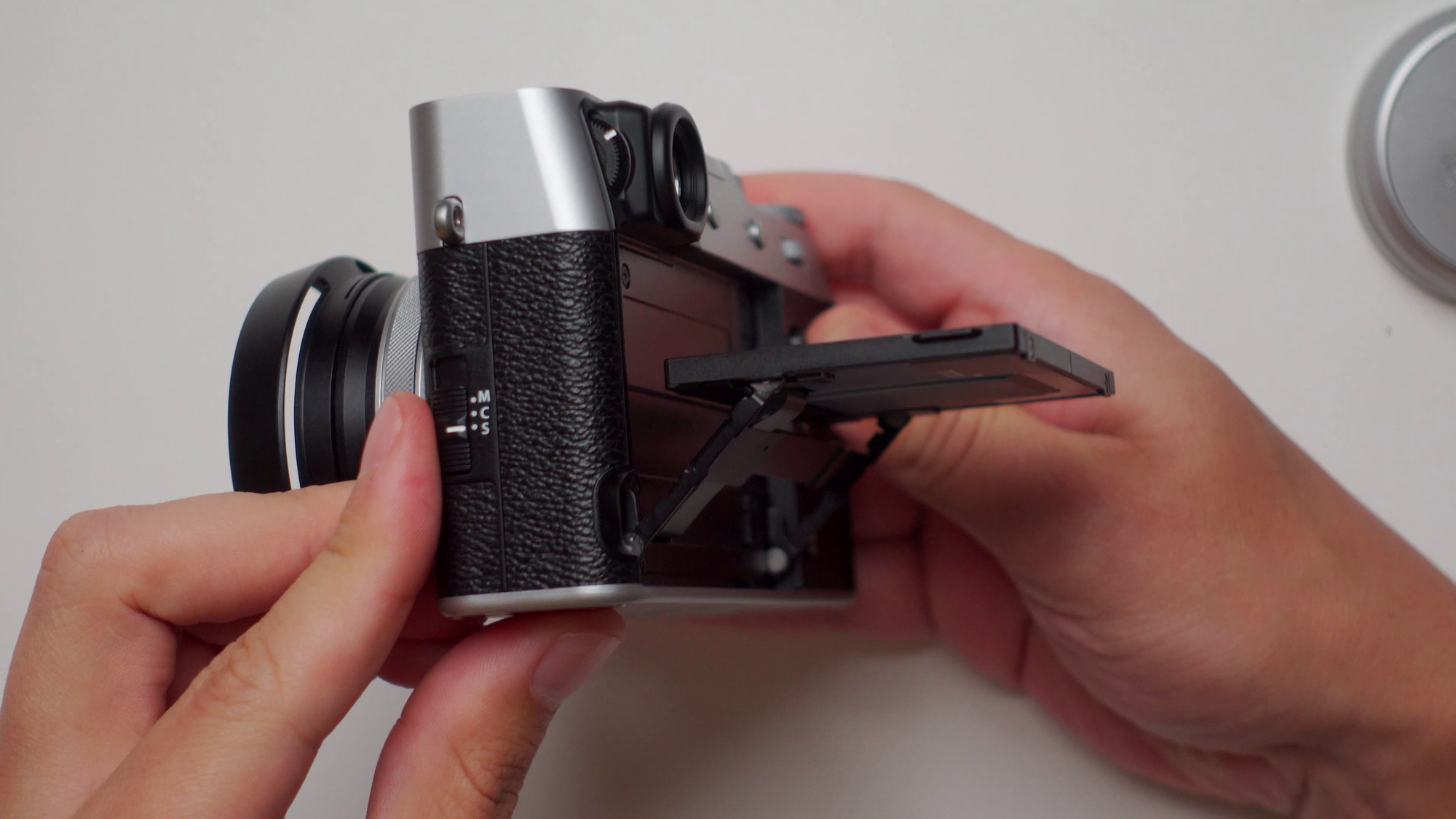
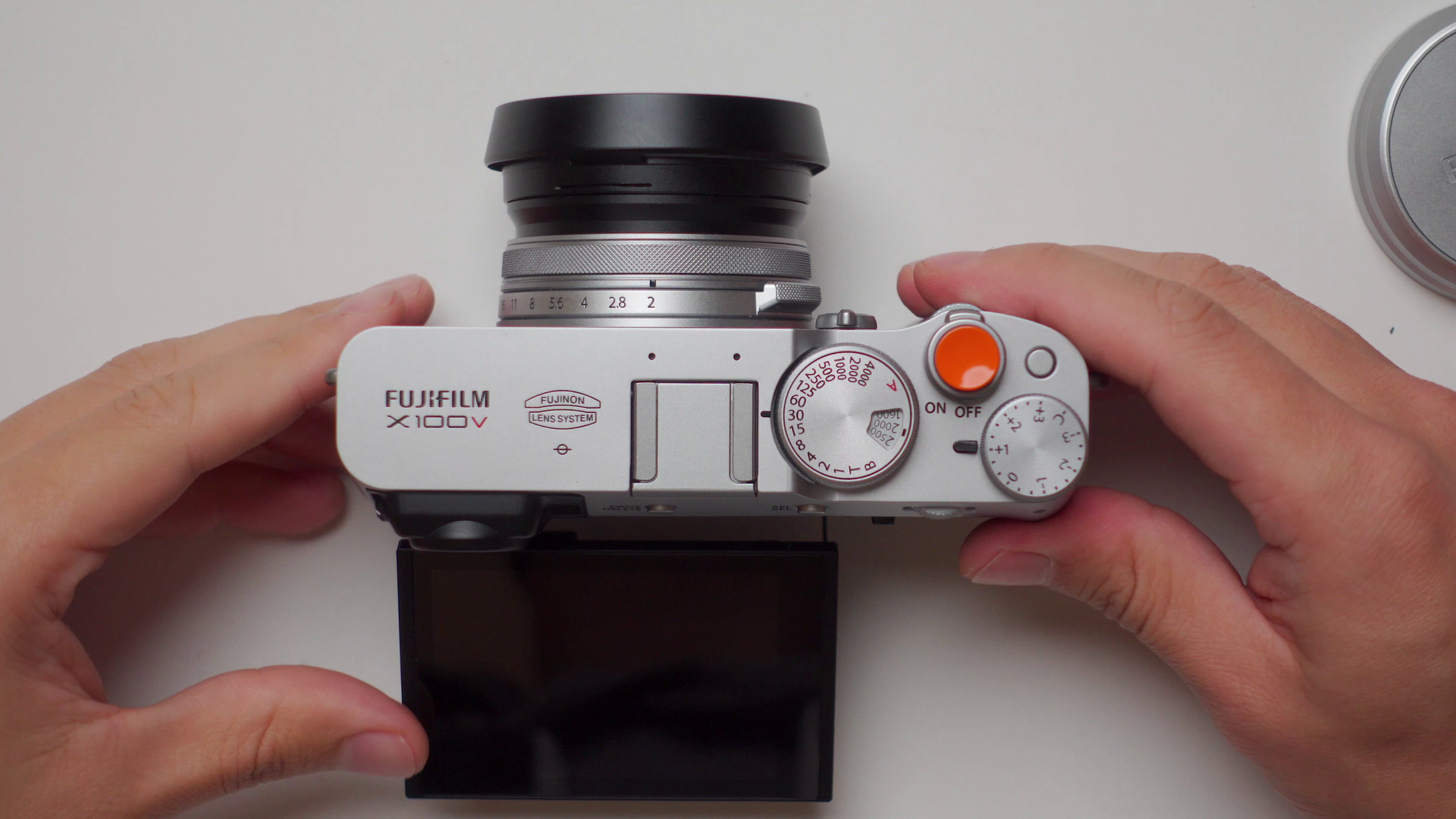
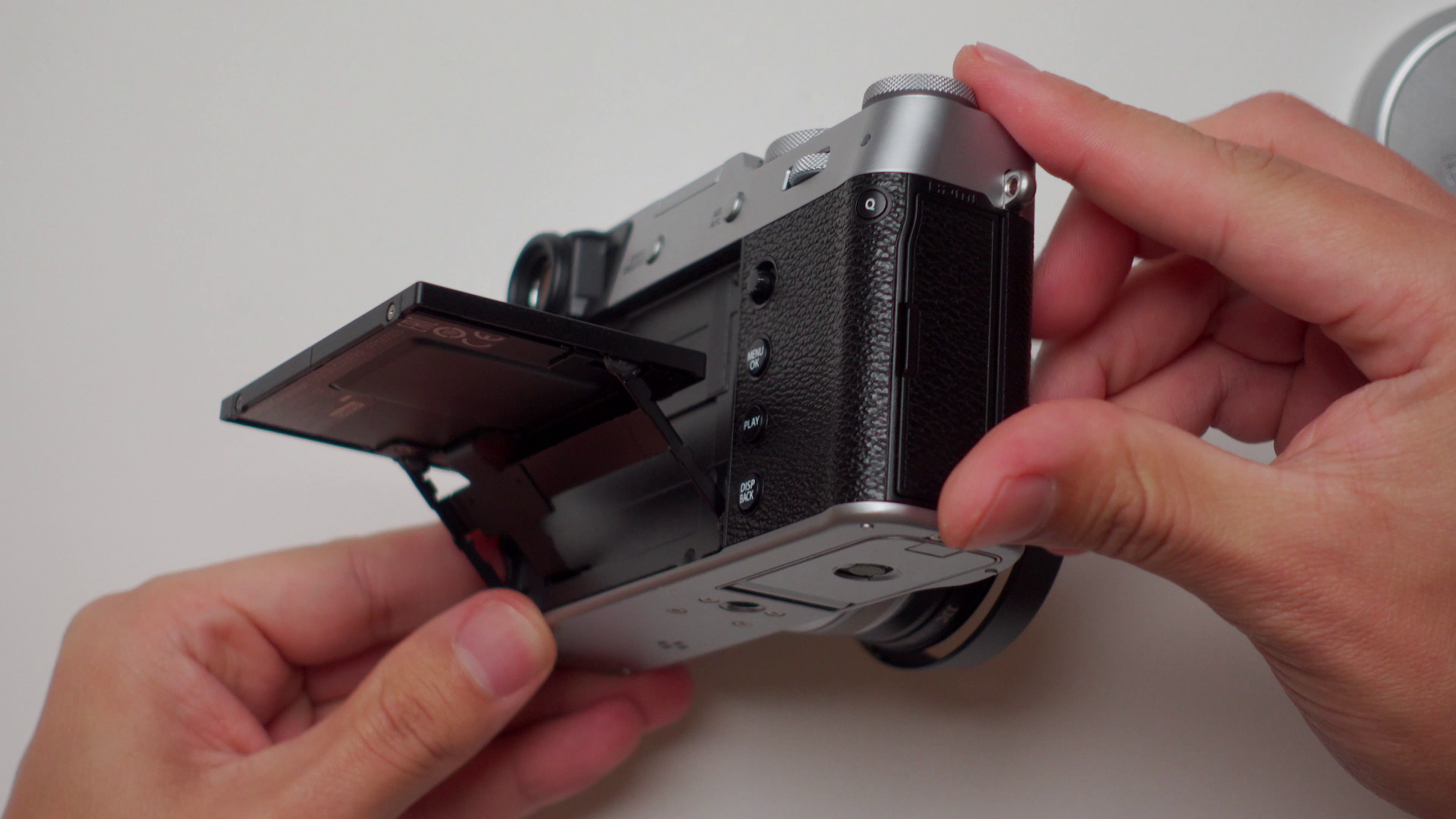
Having a selfish mindset of "I don't use this, So it shouldn’t be on the camera" is just absurd, the screen gives you an extra degree of flexibility that goes in line with the point of the camera. Making street photography, travel photography or event photography more accessible than ever.
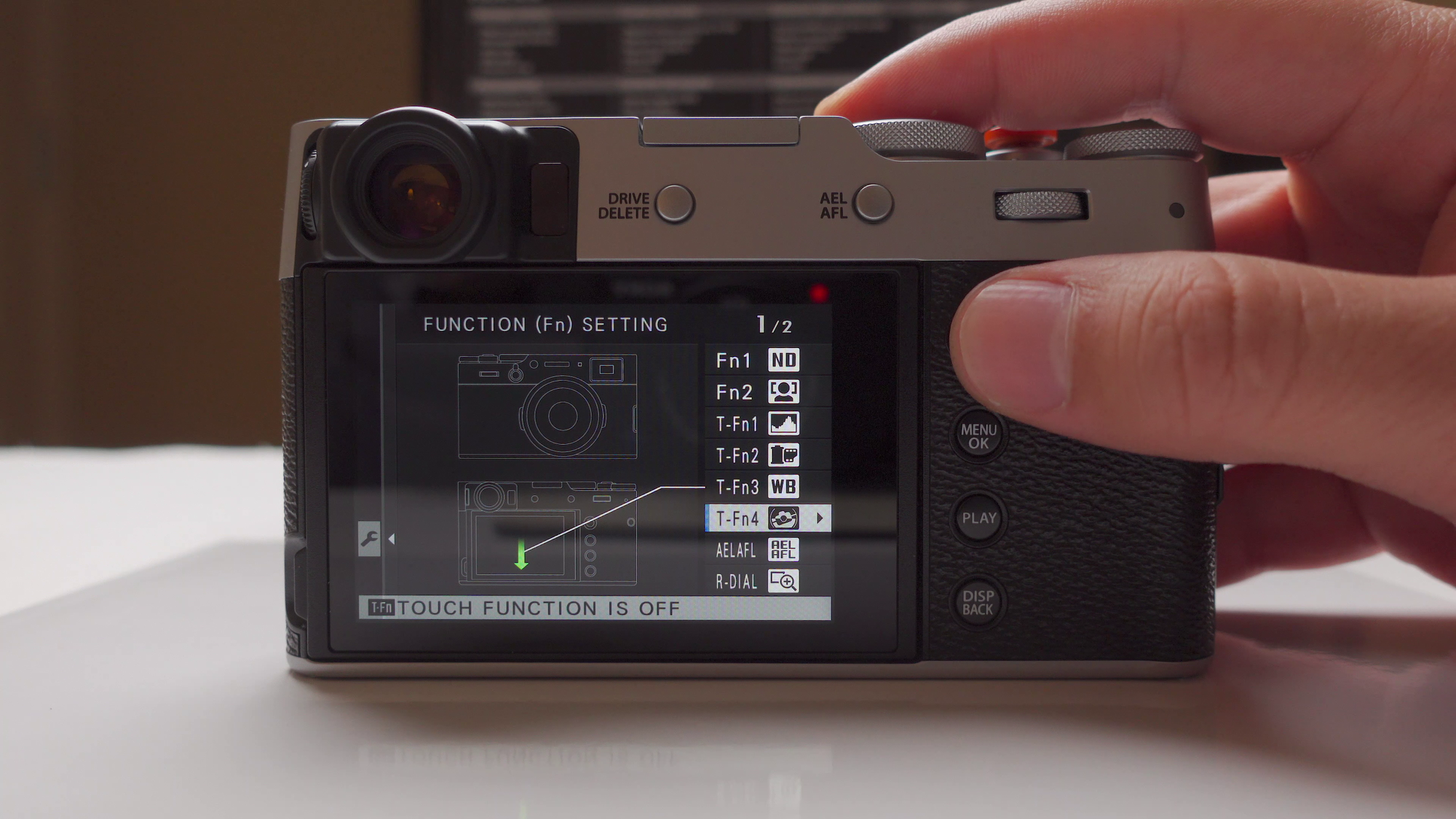
The D-pad has been replaced with touch gestures and I personally dislike this. I buy this camera for the physical controls, the knobs and dials, not for navigating menus and touchscreen functions, I rather control my focus point with the control stick, But that's just my preference.
4. The Film Simulations
This is one of the key selling points of the Fujifilm cameras, and some simulations seem to be locked by generations of cameras, and since this is the same sensor as the X-T3, they added the Eterna film simulation and the new Classic Negative film simulation.
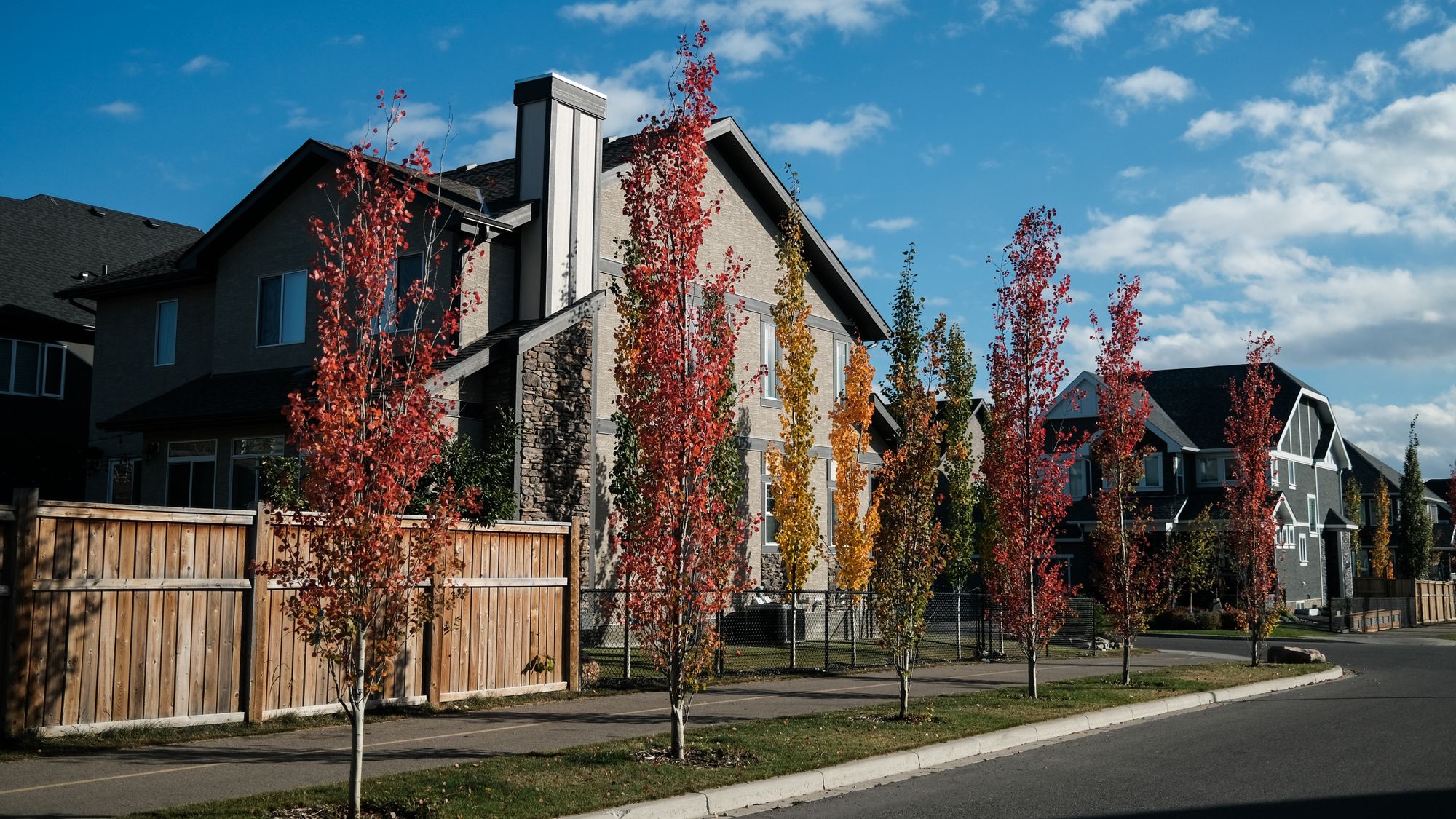
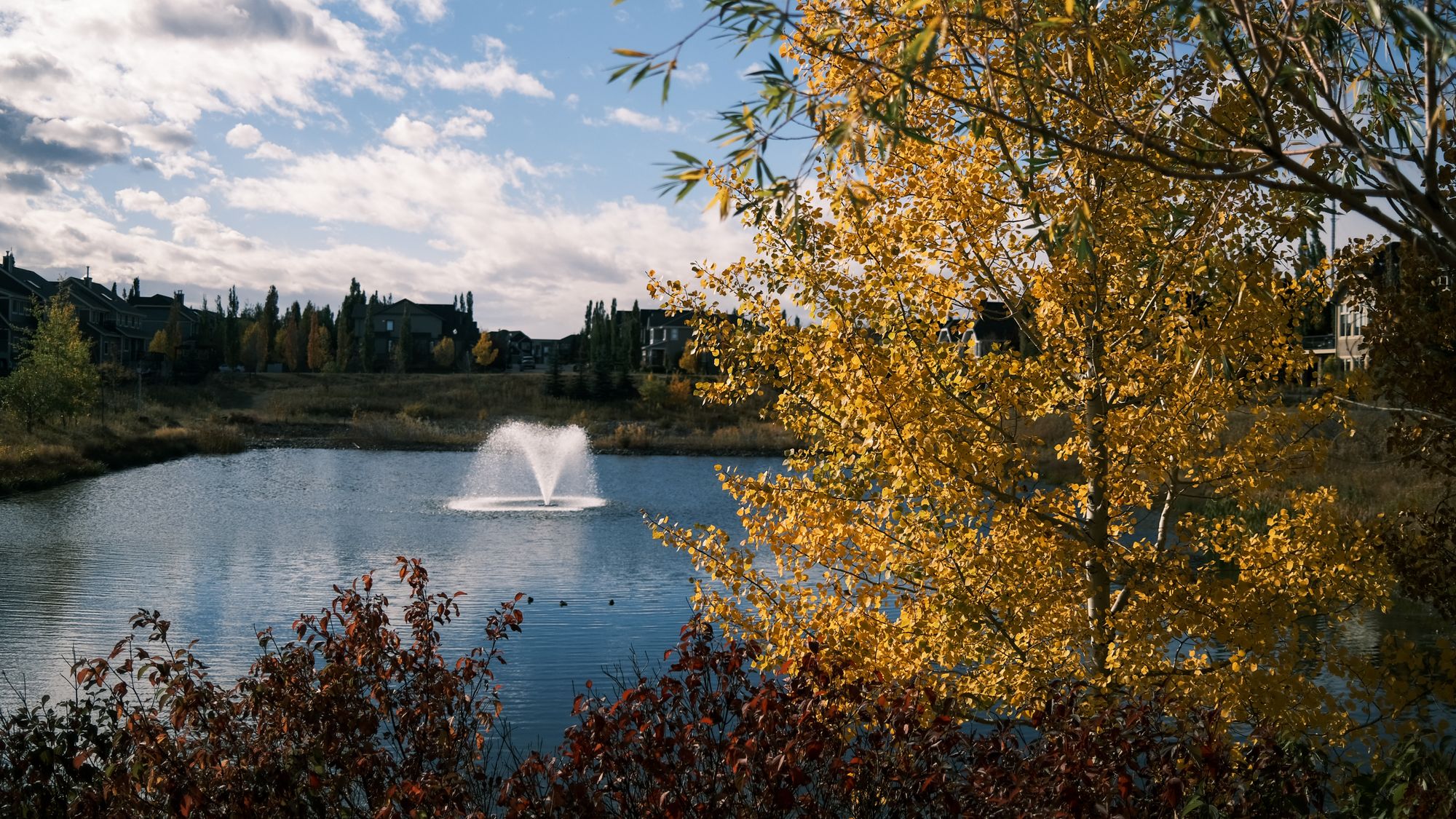
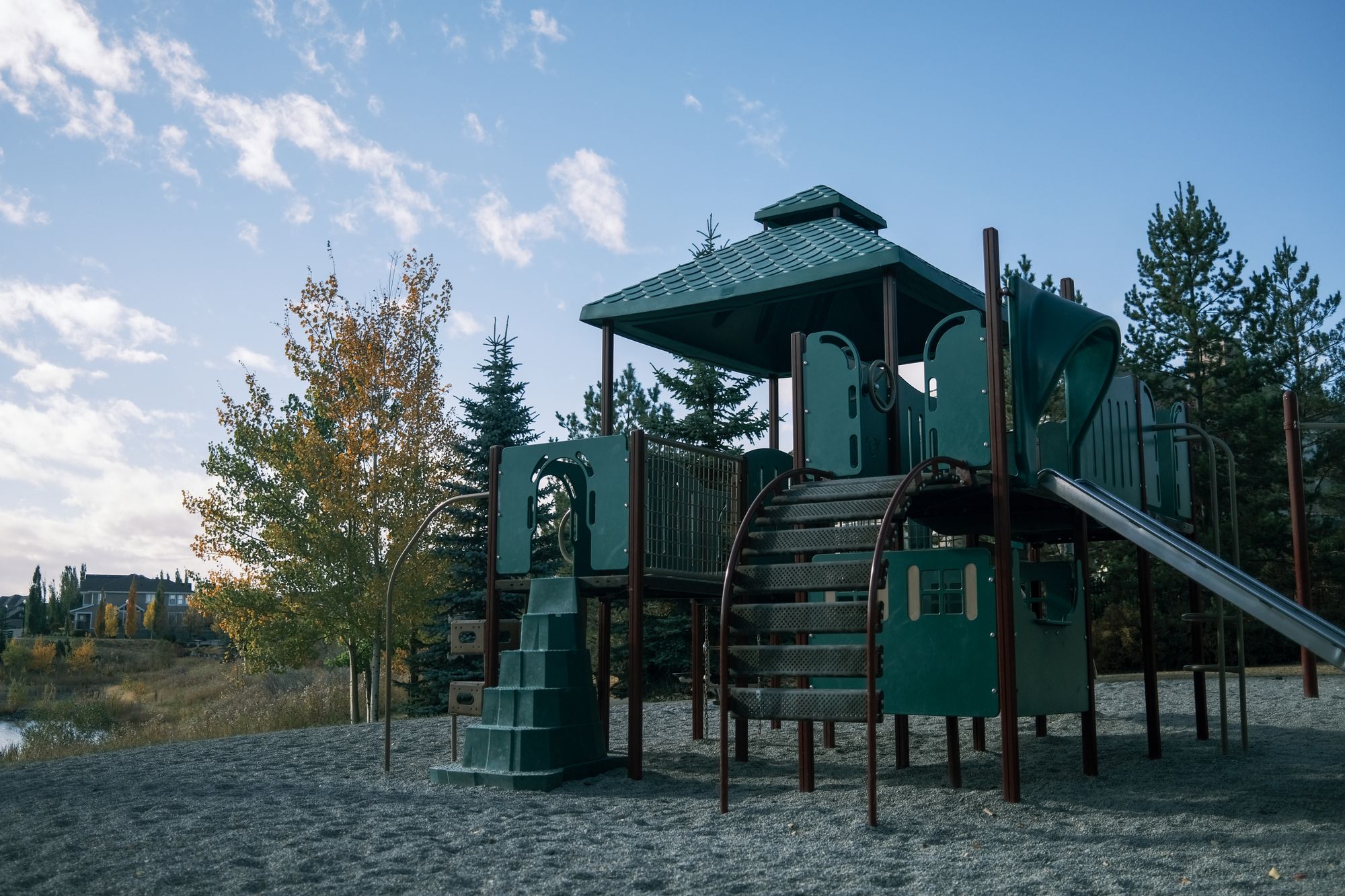
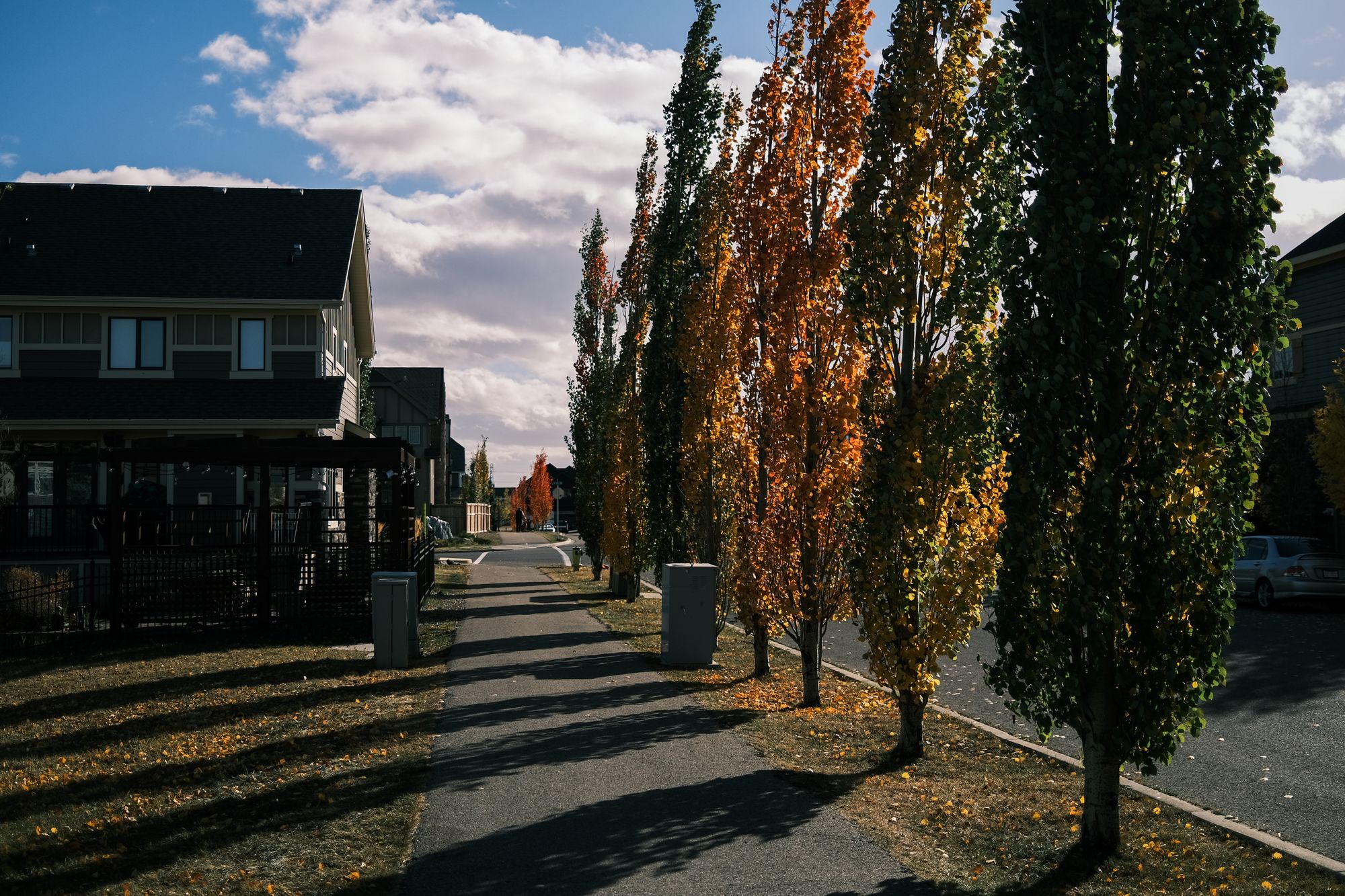

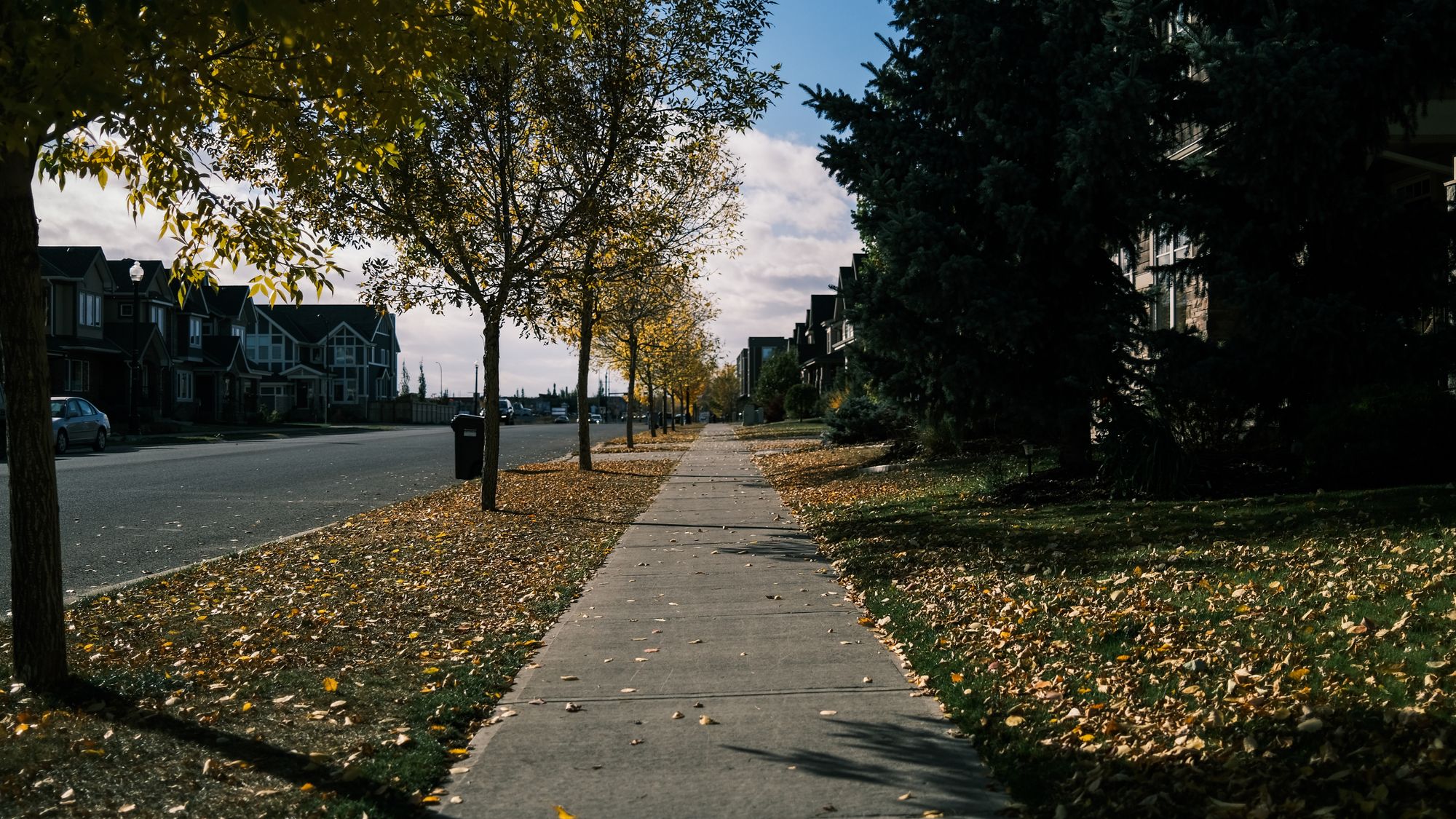

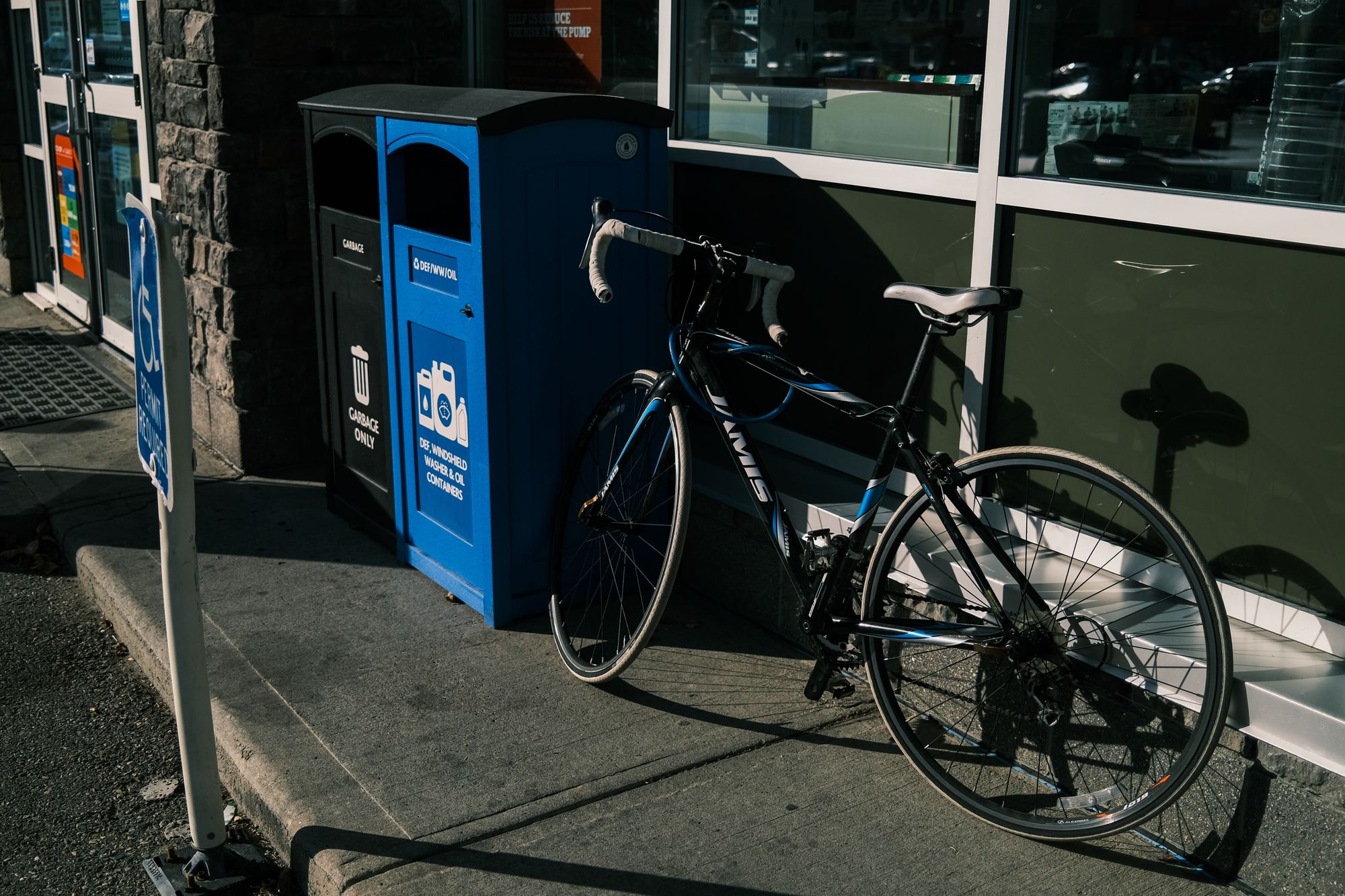
Other Changes & Improvements
The Shutter speed dial is a lot stiffer, and I actually like and appreciate that, especially if you carry your camera everywhere, you can sometimes easily change the settings by accident. However, the Exposure comp dial is the same as the X100F, I wish it were as stiff as the new shutter speed dial.
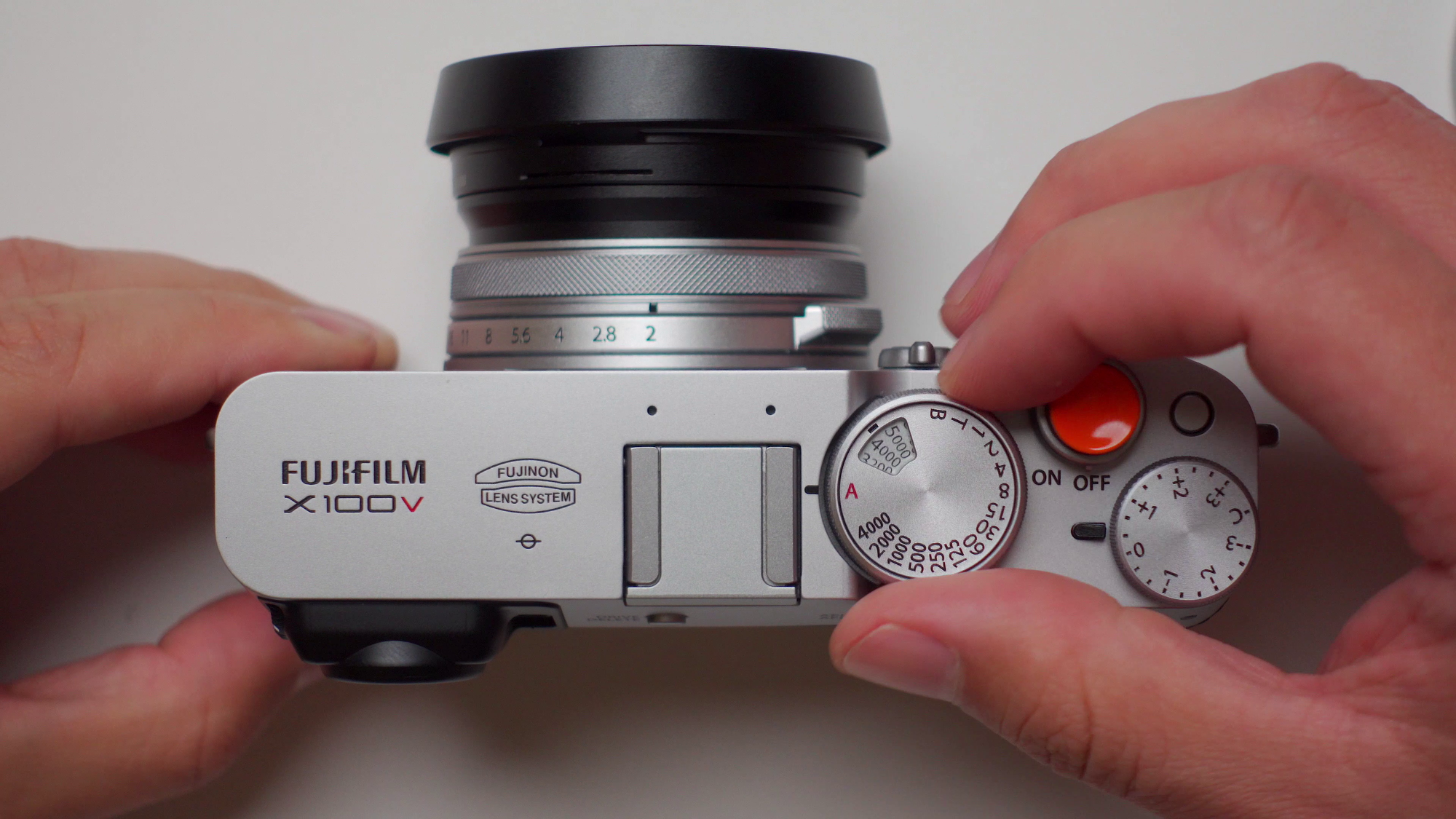
The ISO dial has been redesigned, and now it's actually usable, you pull once, choose your ISO, and push to lock. This is Awesome, The ISO dial on the X100F is extremely frustrating, you have to try it for yourself to understand my pain.
I don't love the fact that they removed the D-pad, but it allows more room for my hand to properly grip the camera, so that's not too bad, the grip is ever so slightly thicker and easier to hold, but not by much.
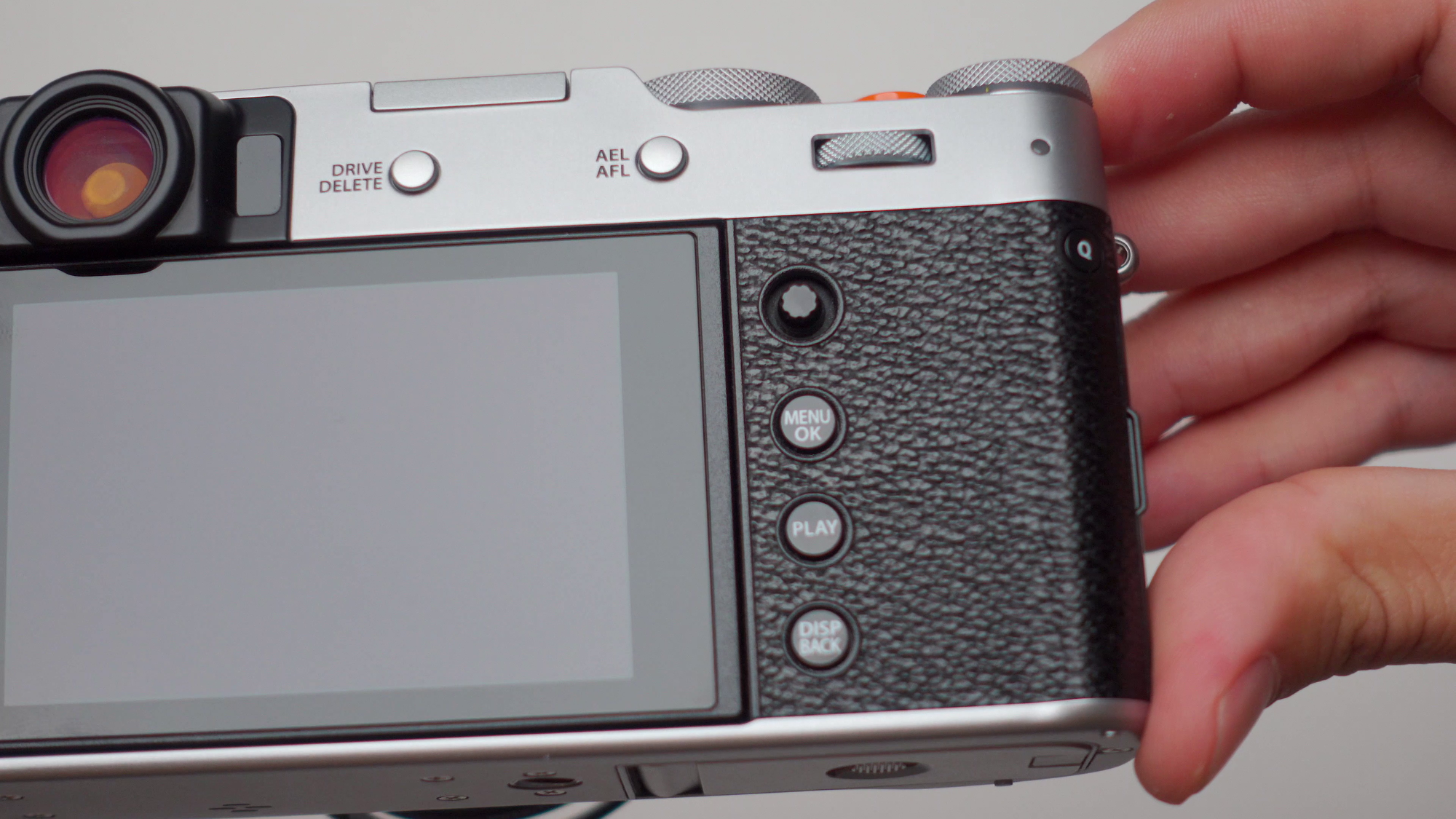
The focusing speed and accuracy have been improved, and the camera just feels a lot snappier and faster than the x100f, and that's always a plus. The viewfinder material is different and it does not catch every single particle in the known universe, which is nice.
Both the LCD resolution and Electronic viewfinder resolution have been improved, but sadly, I can't tell the difference with the X100F.
The video quality is actually decent, now you can shoot up to 4k30p, and surprisingly you get 4.2.2 10 bit and the Eterna profile, but you do have a 10-minute recording limit, so plan accordingly.
A Few Things I Don't Like
1. The Same Old Battery
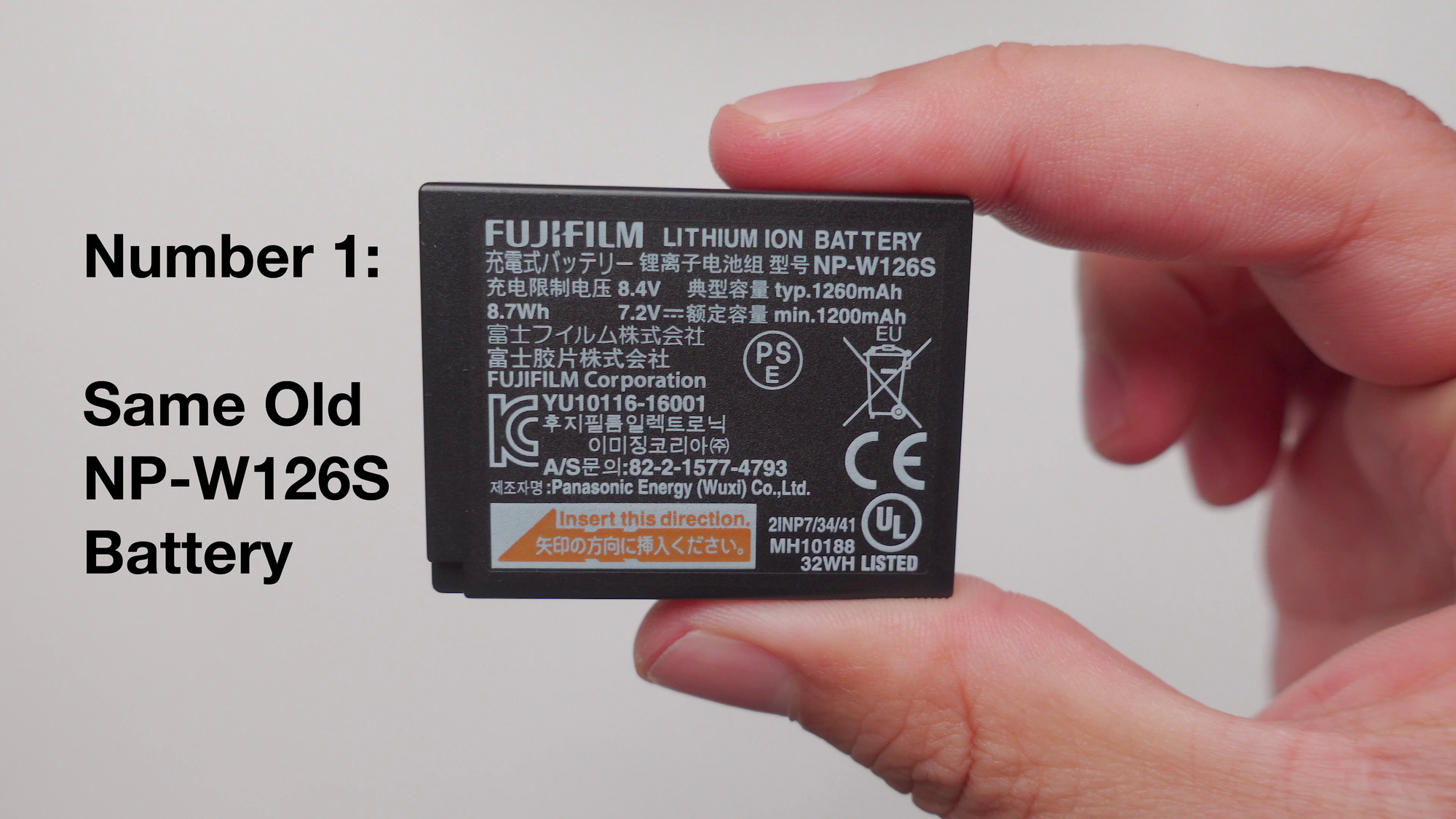
This is still the same battery from the X100F and the X-T3, it's a positive if you still have some old batteries, keeps the continuity and lets you reuse them. But these batteries don't last long, I wish the X100V had the same battery as the X-T4.
2. The Single SD Card Slot
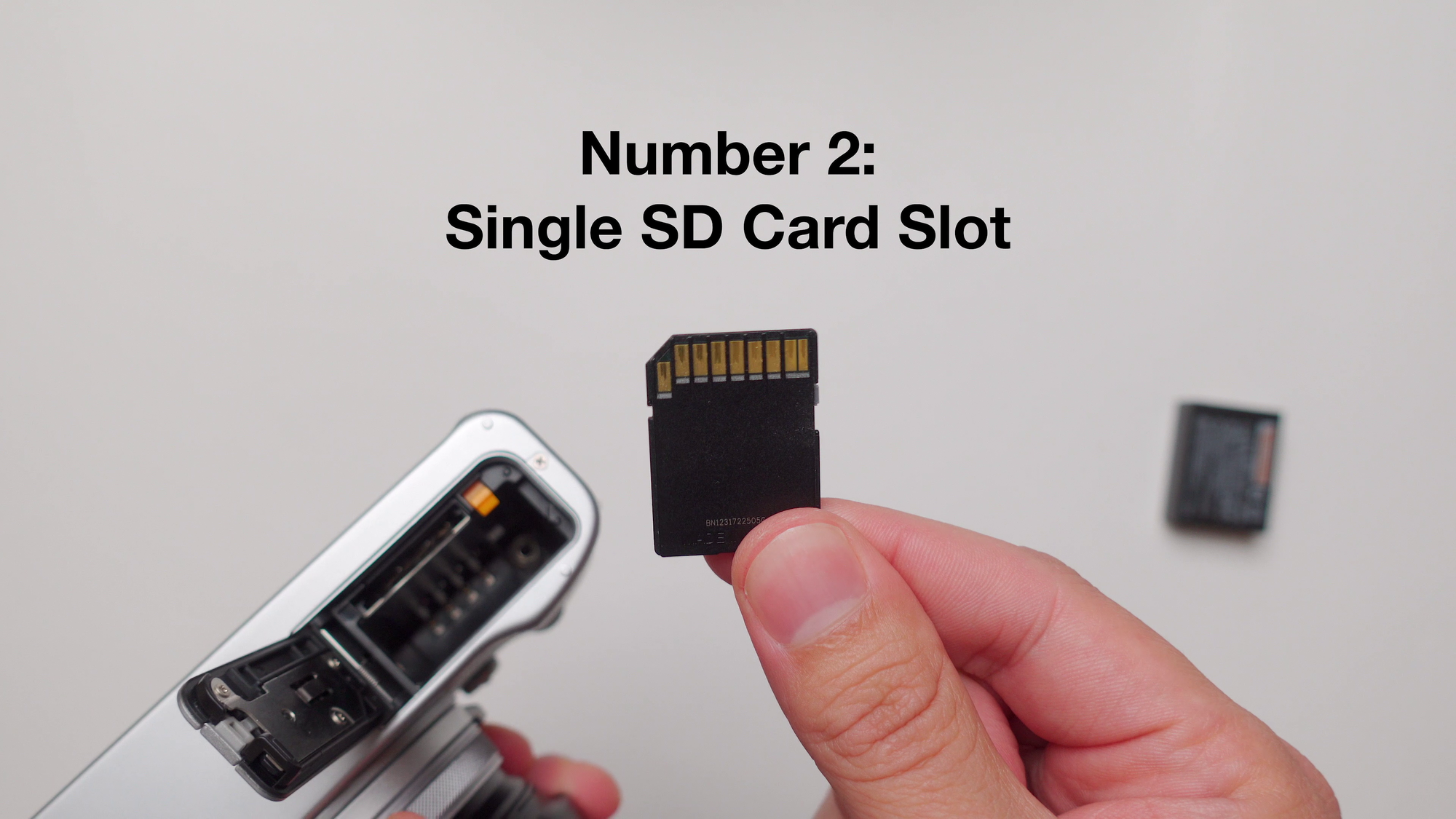
I wish the X100V had two card slots, one card for Raw and another card for jpeg. That's one of the few things that I really liked about the X-T3. I wish the X100V had dual card slots.
3. The Obsolete Ports
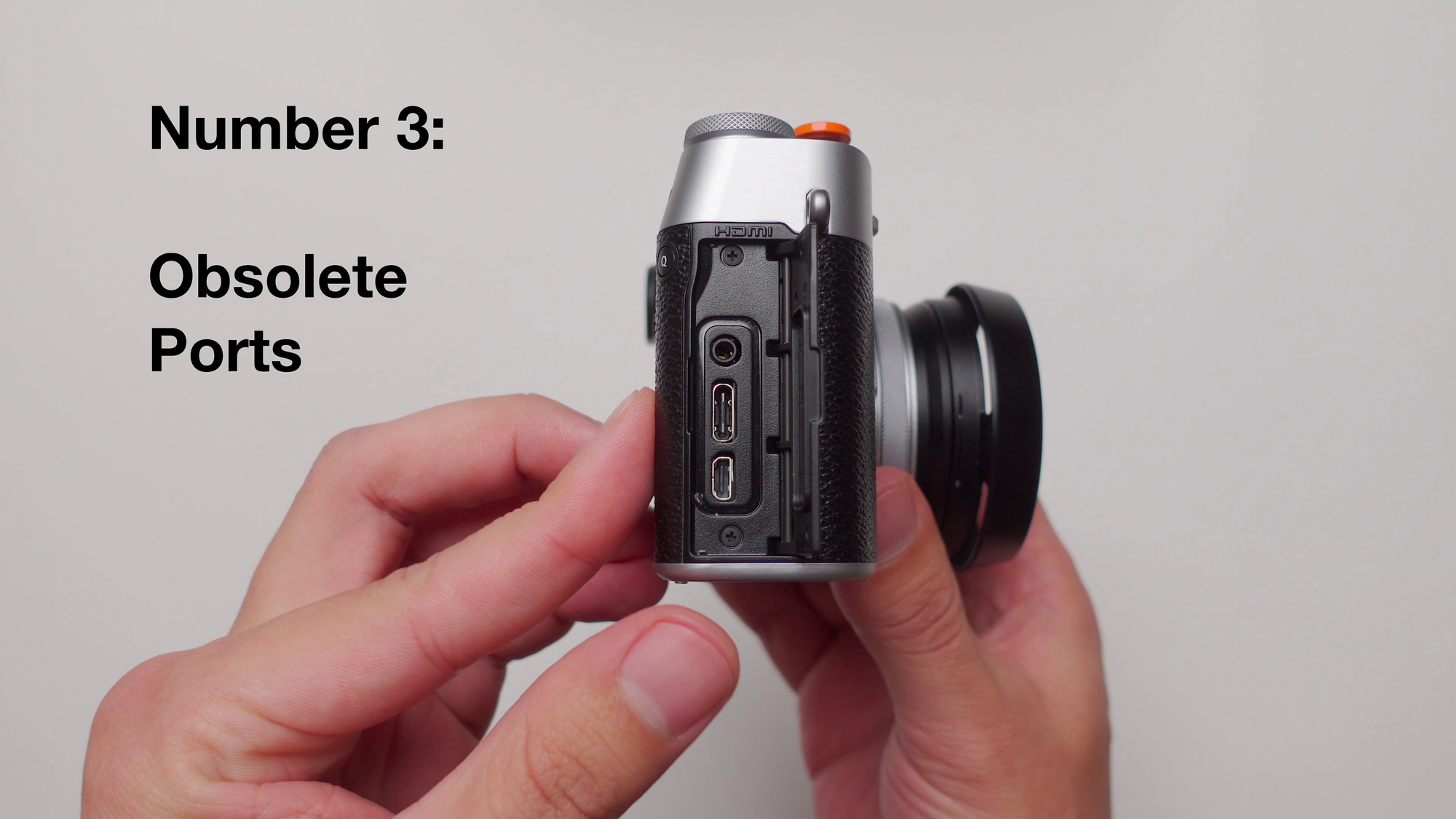
The ports for video are disappointing. The 2.5mm microphone jack will require you to use an adapter to connect a shotgun or on-camera mic. And the obsolete and useless micro HDMI connector, these two things make it really hard to seriously consider this camera for video.
YouTube Video
This is a summary of my YouTube Video Review, you can watch the whole piece here:



